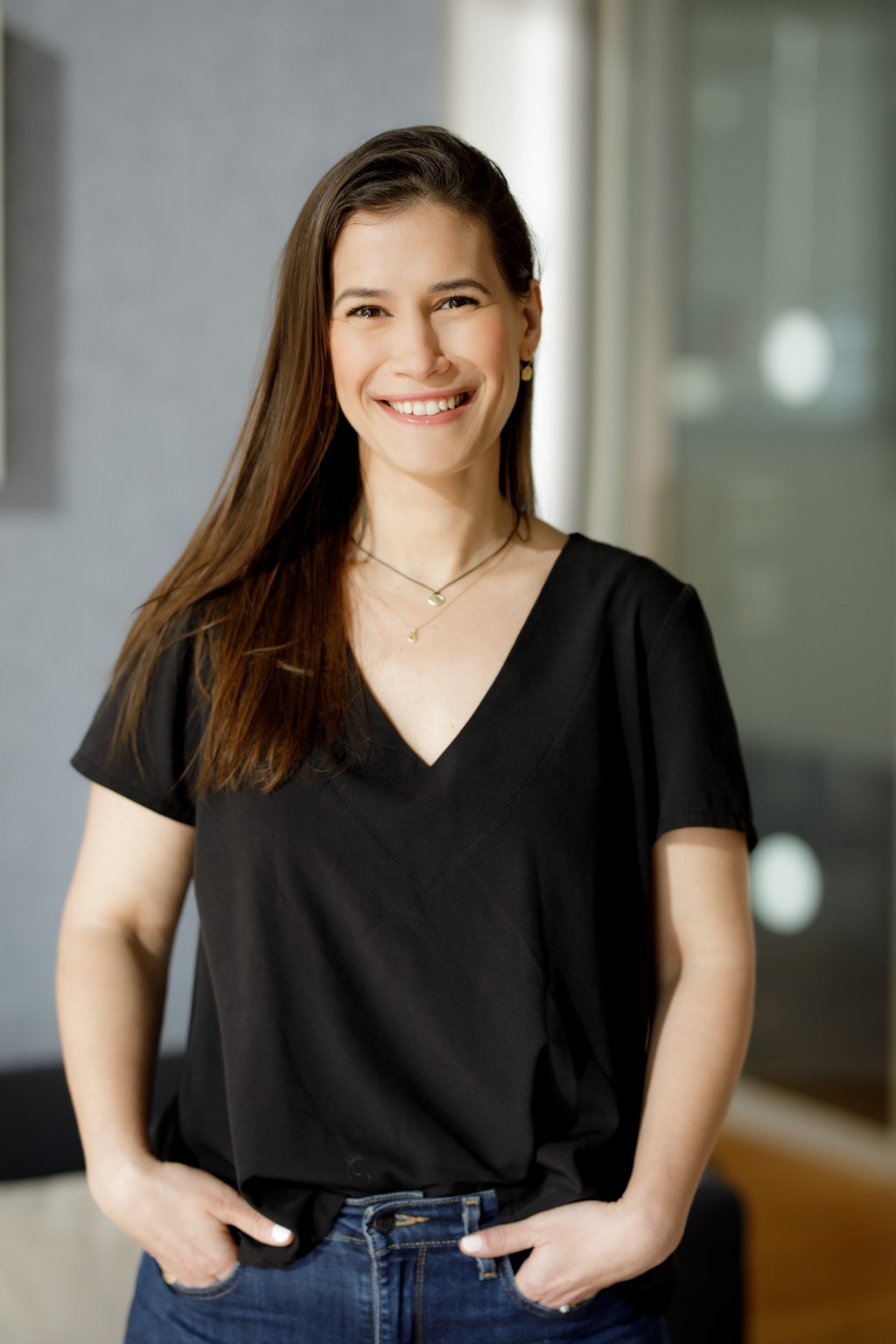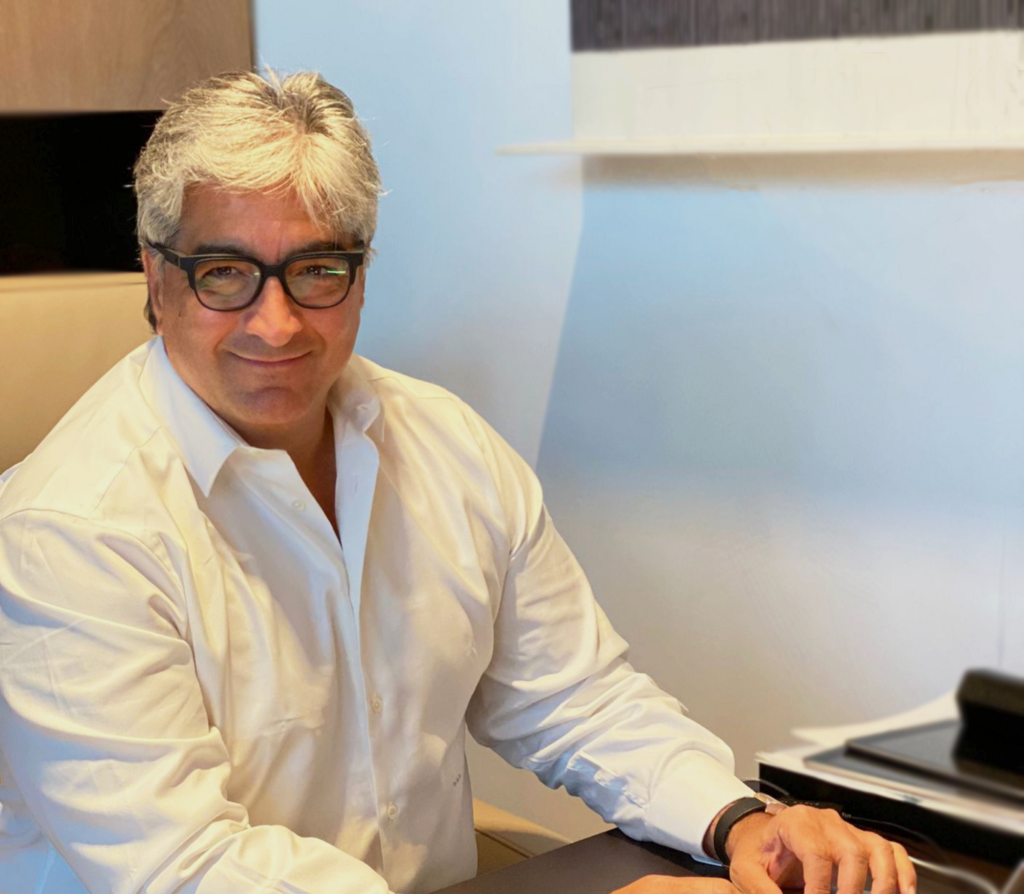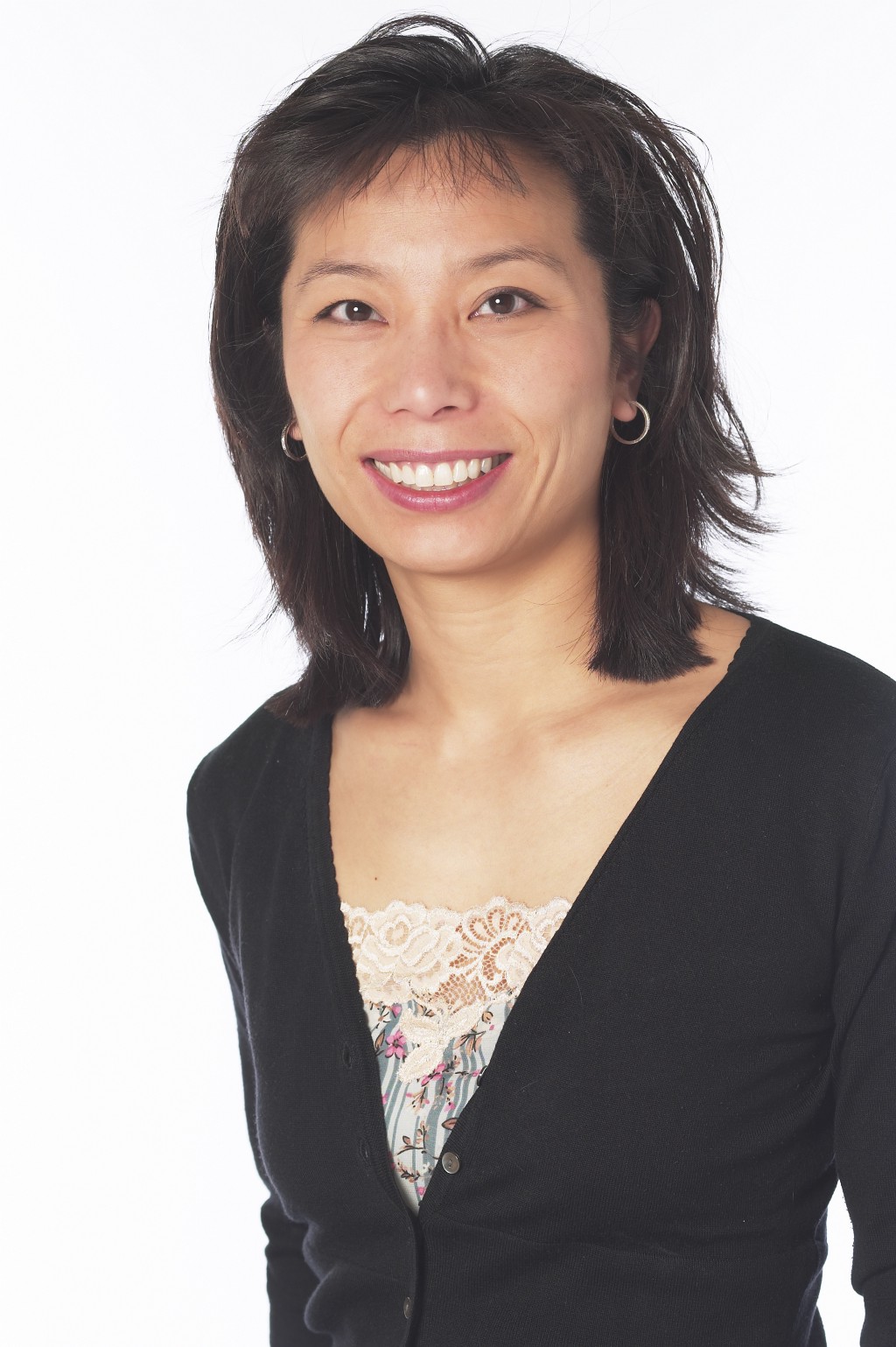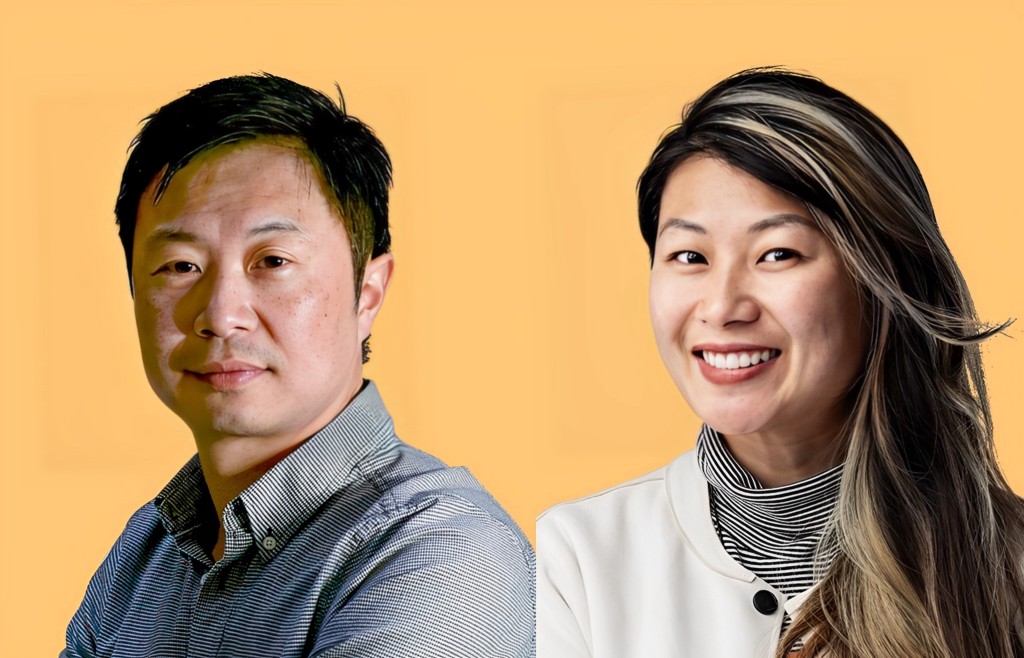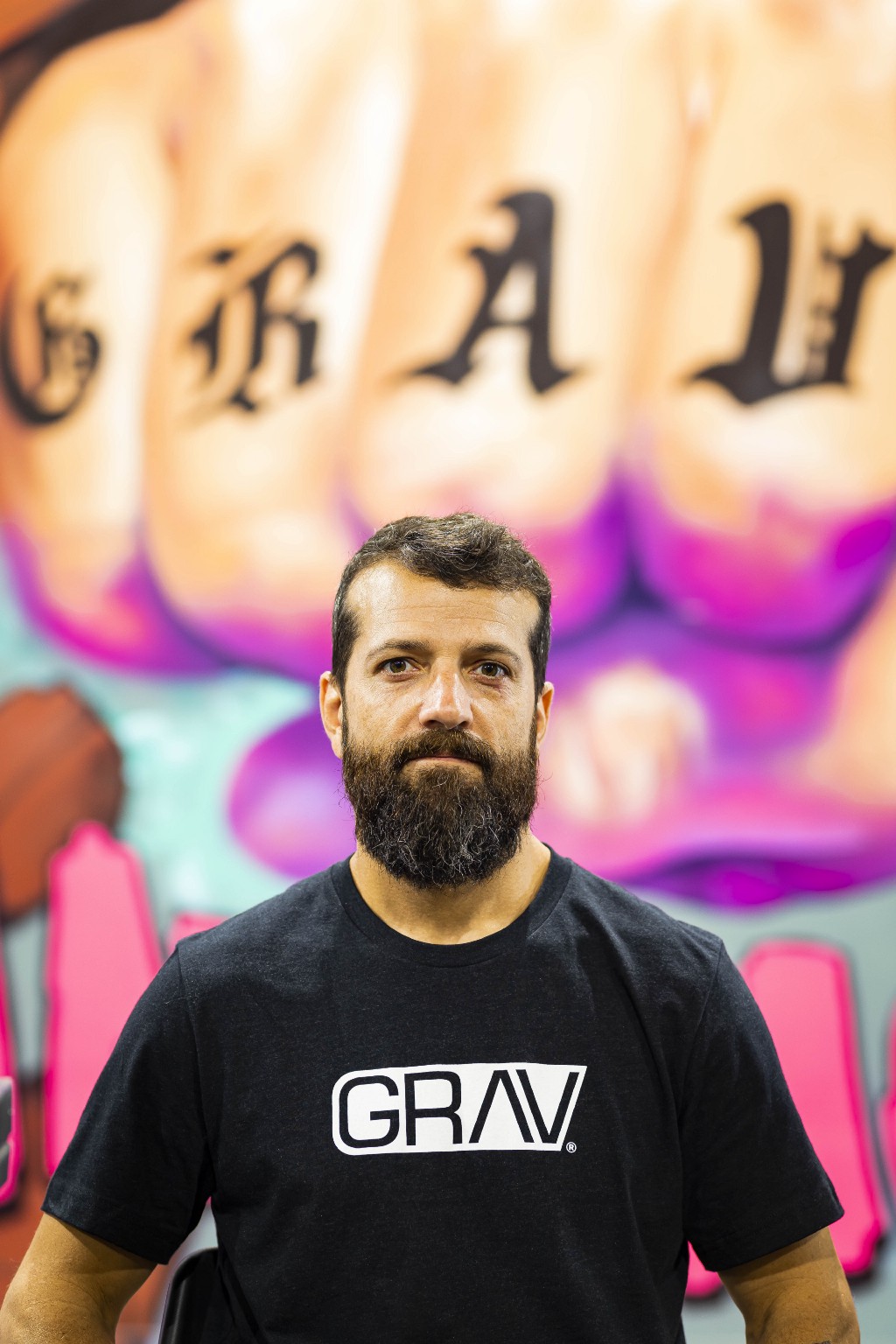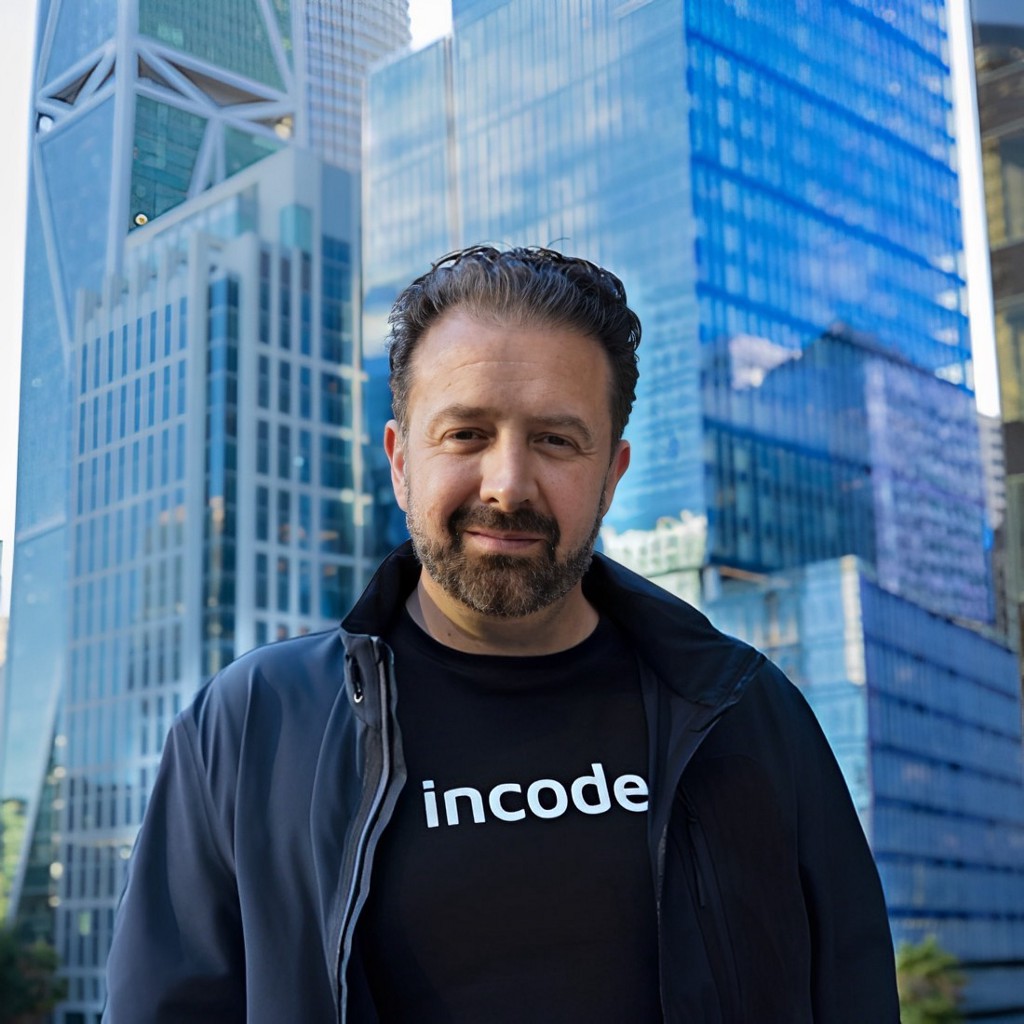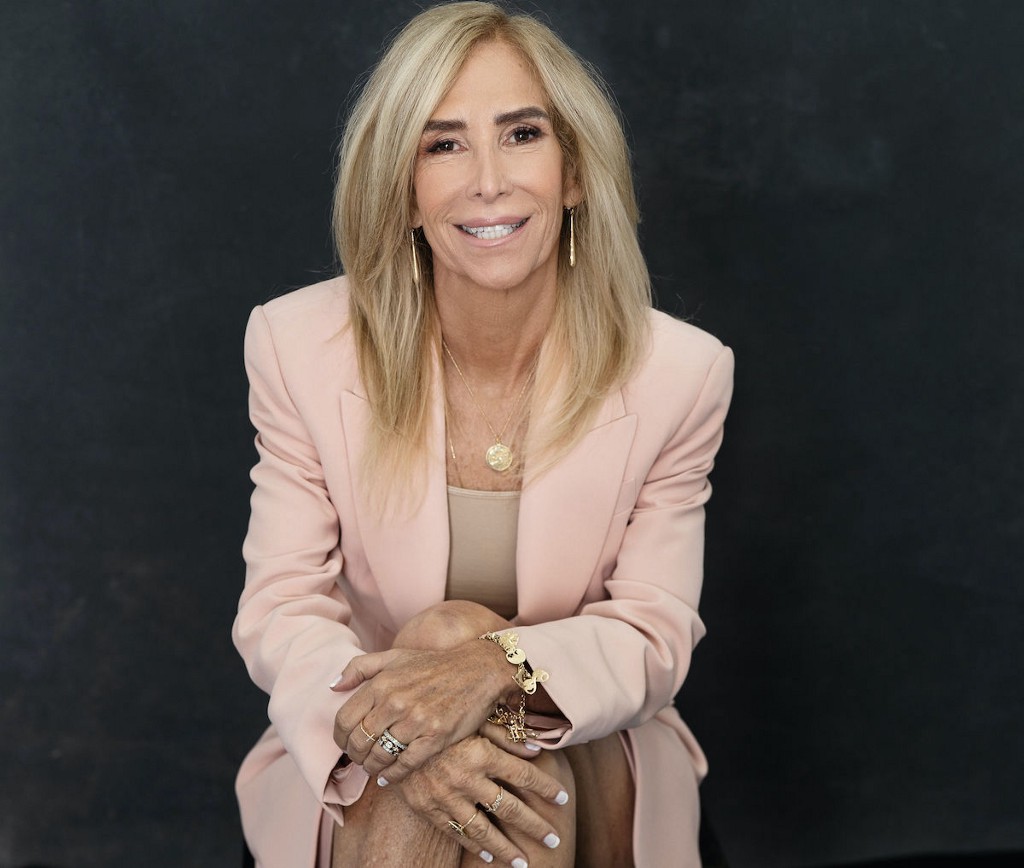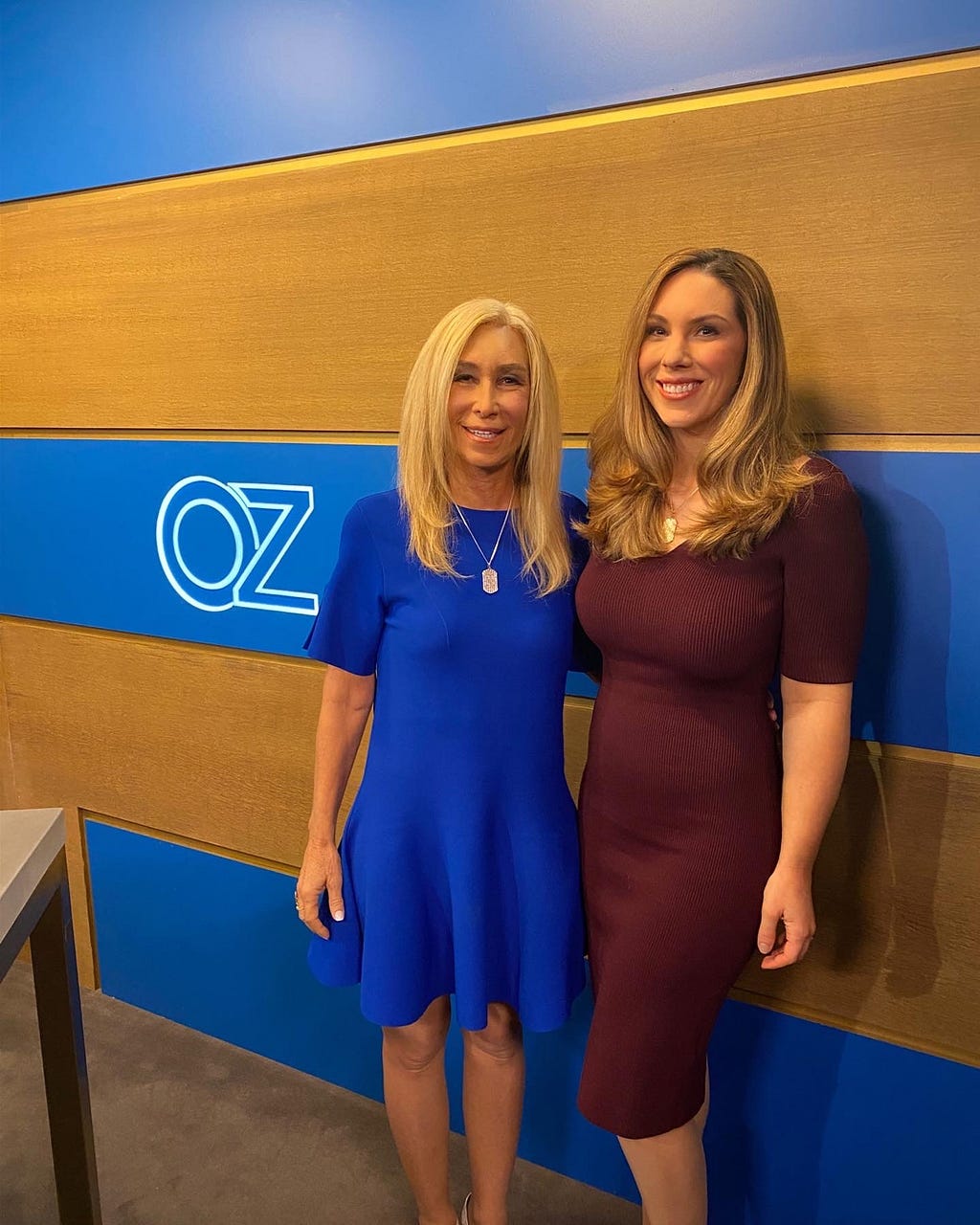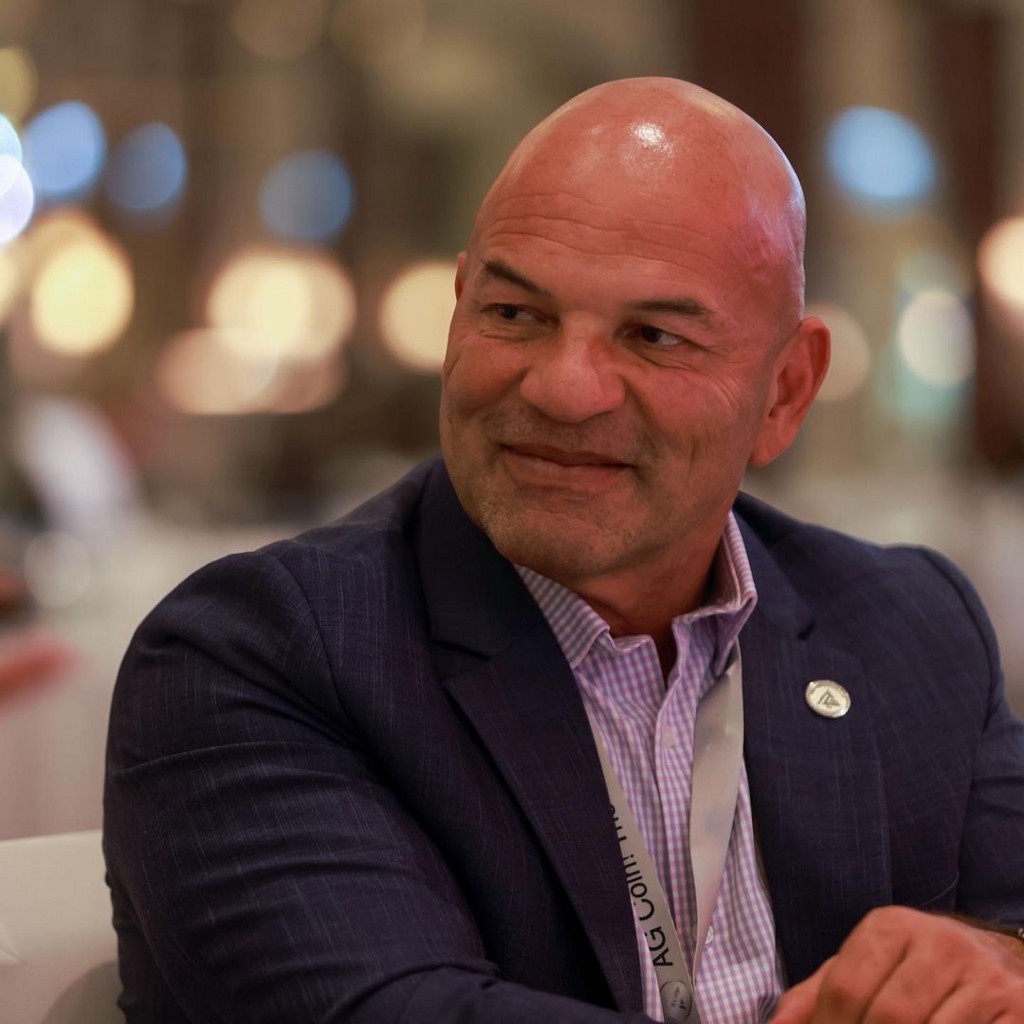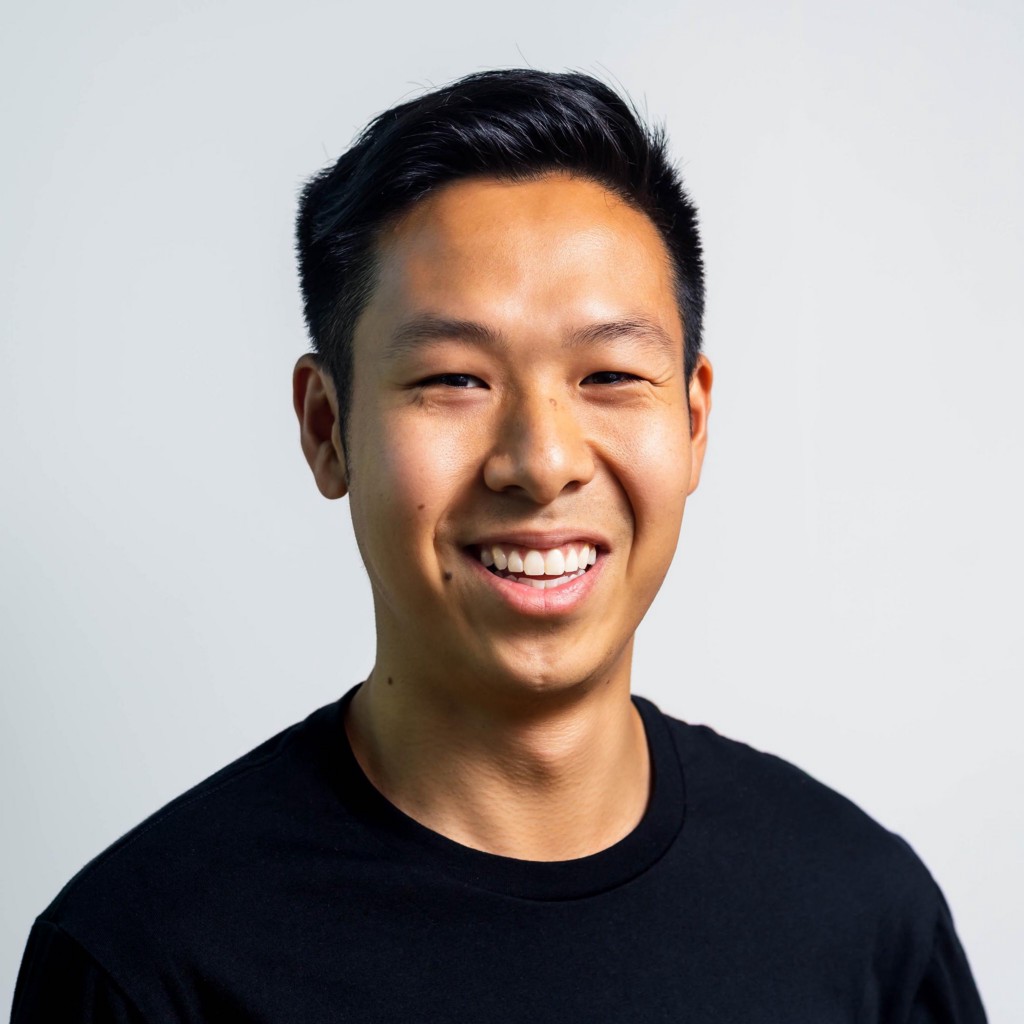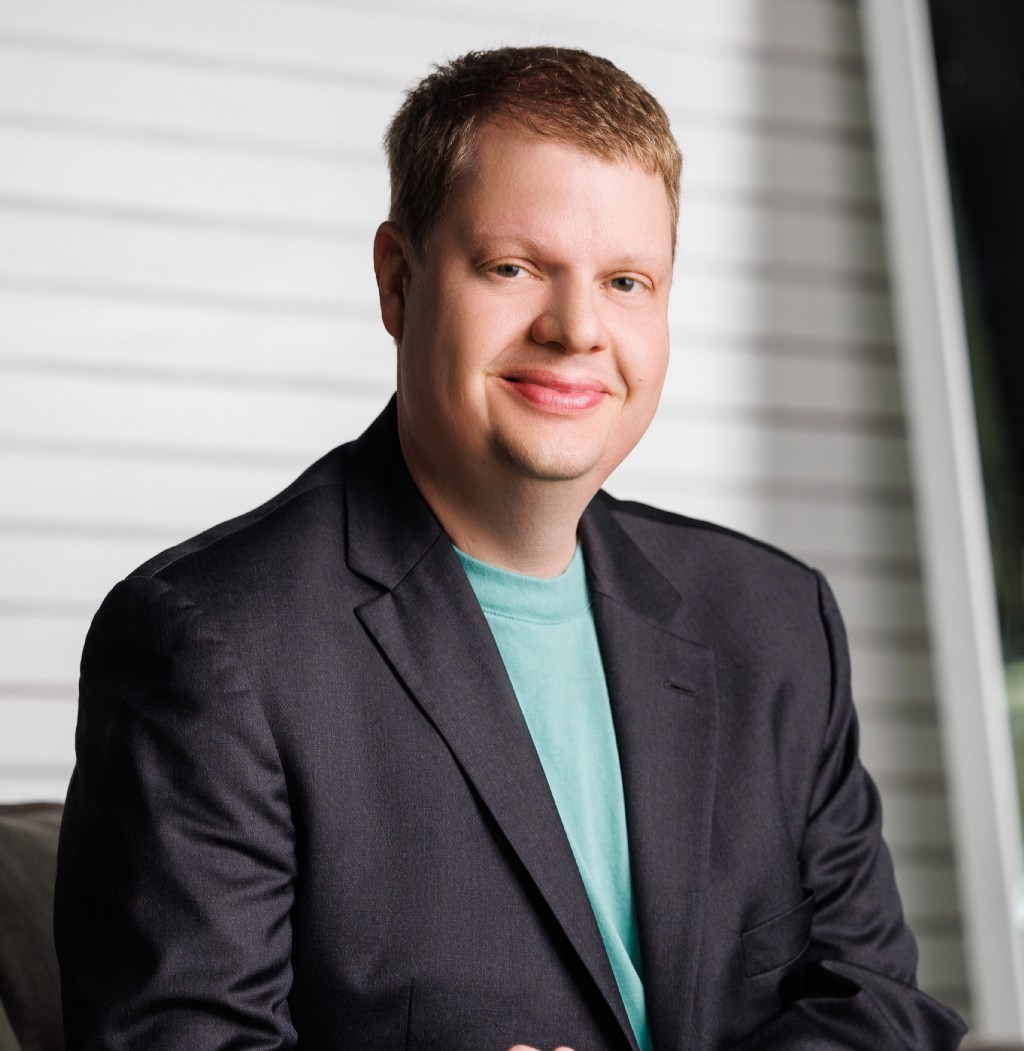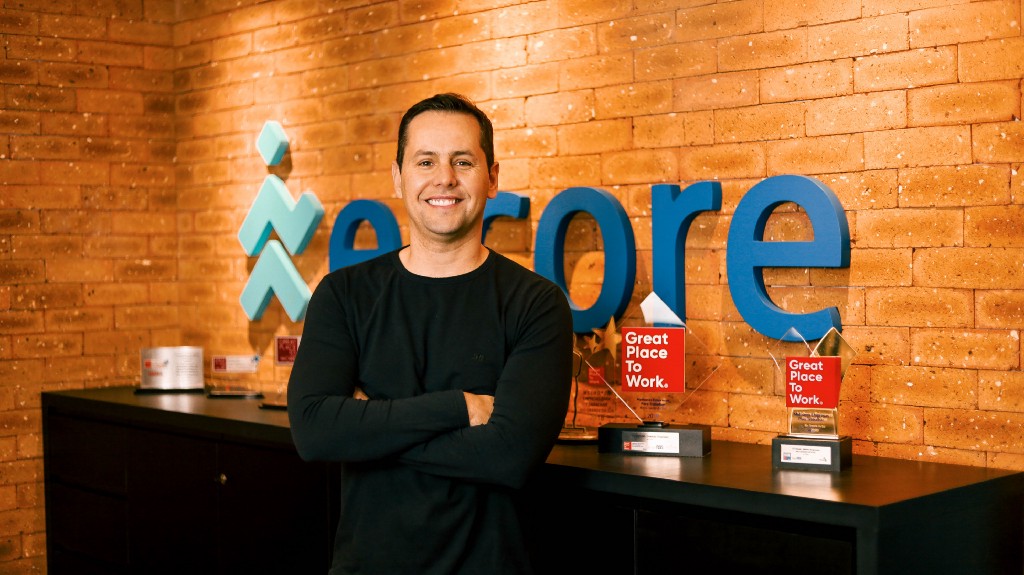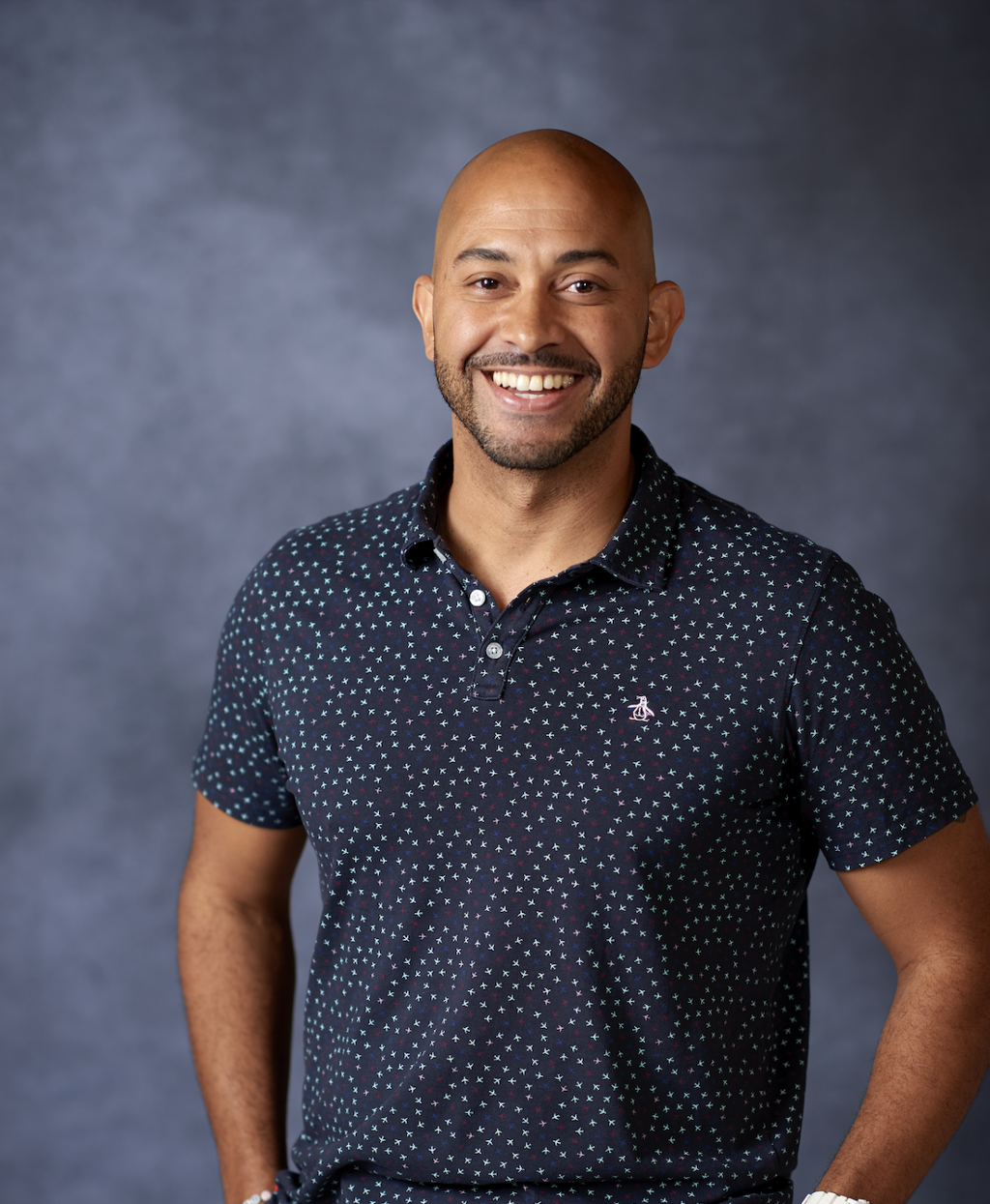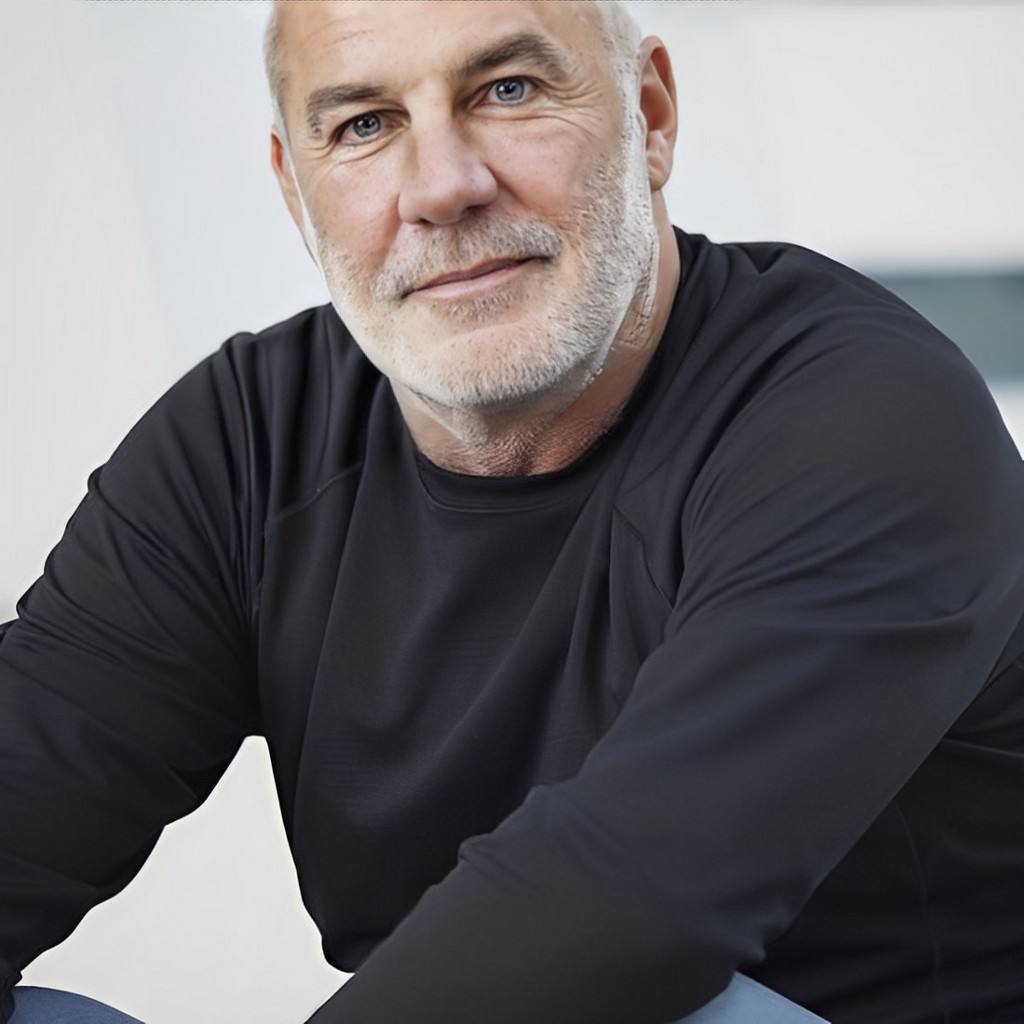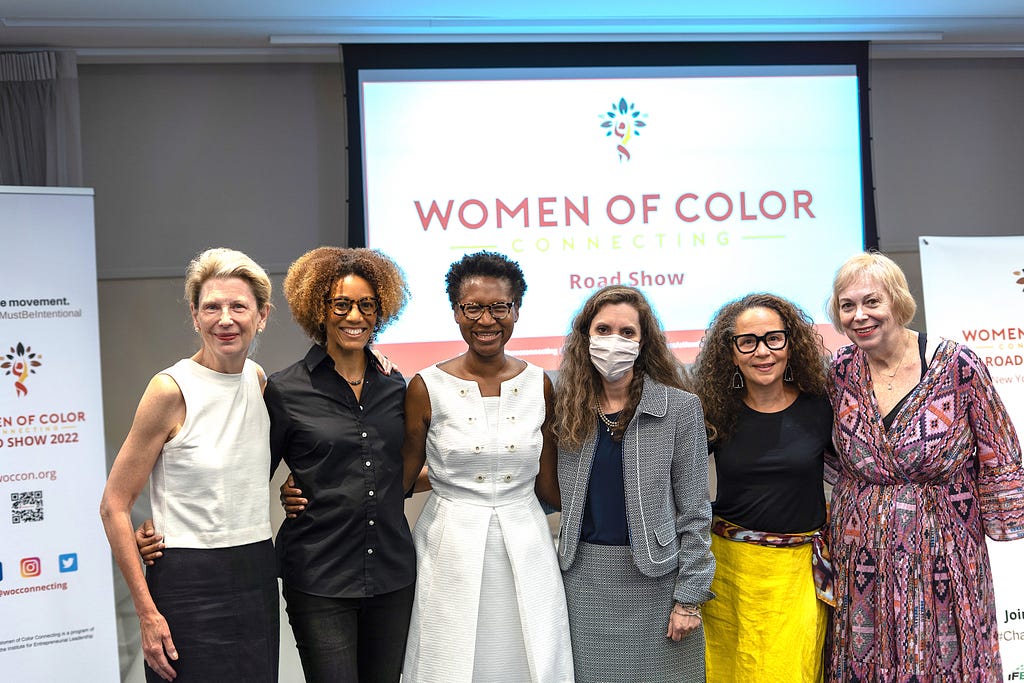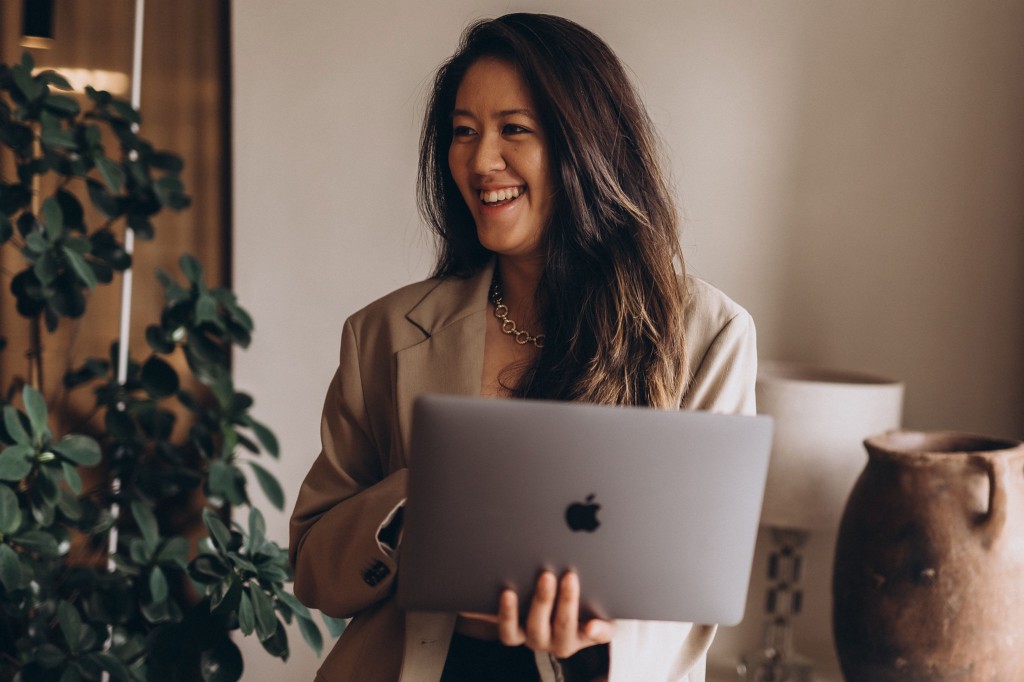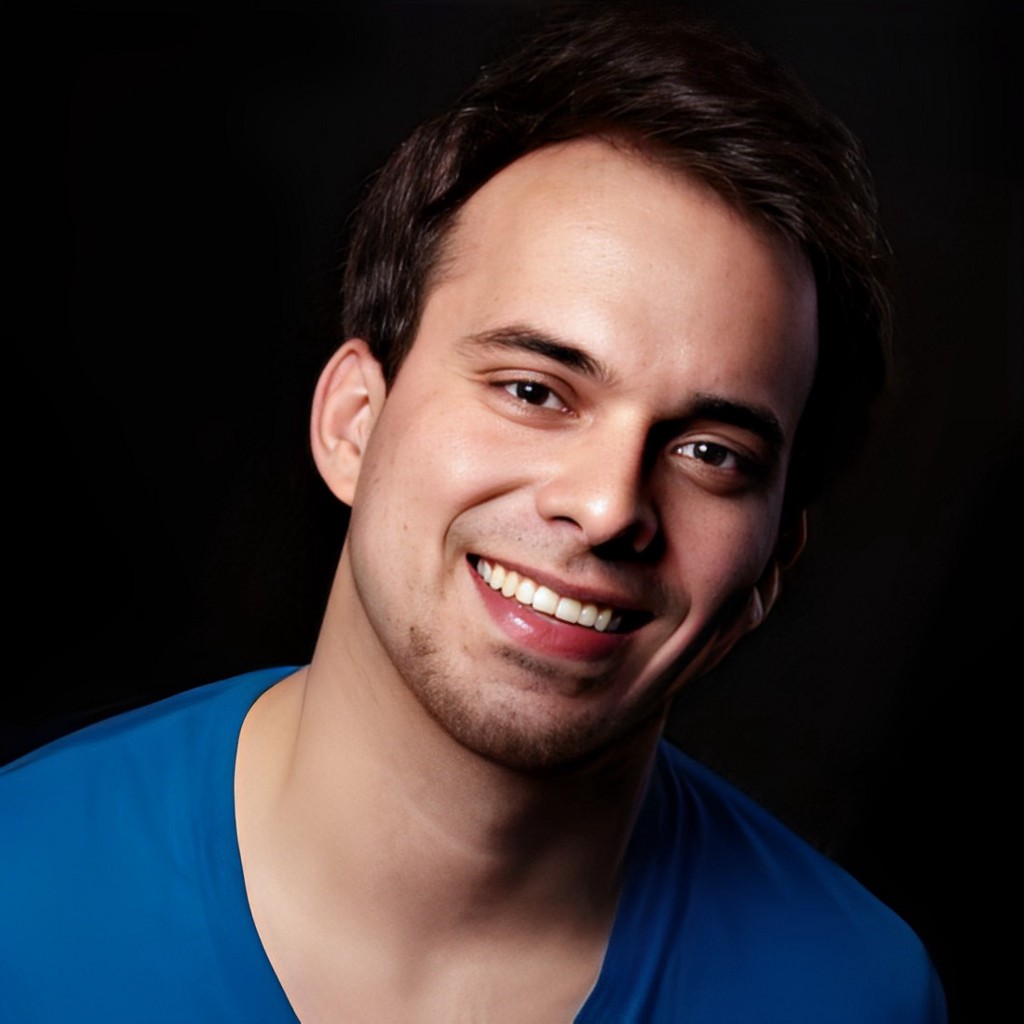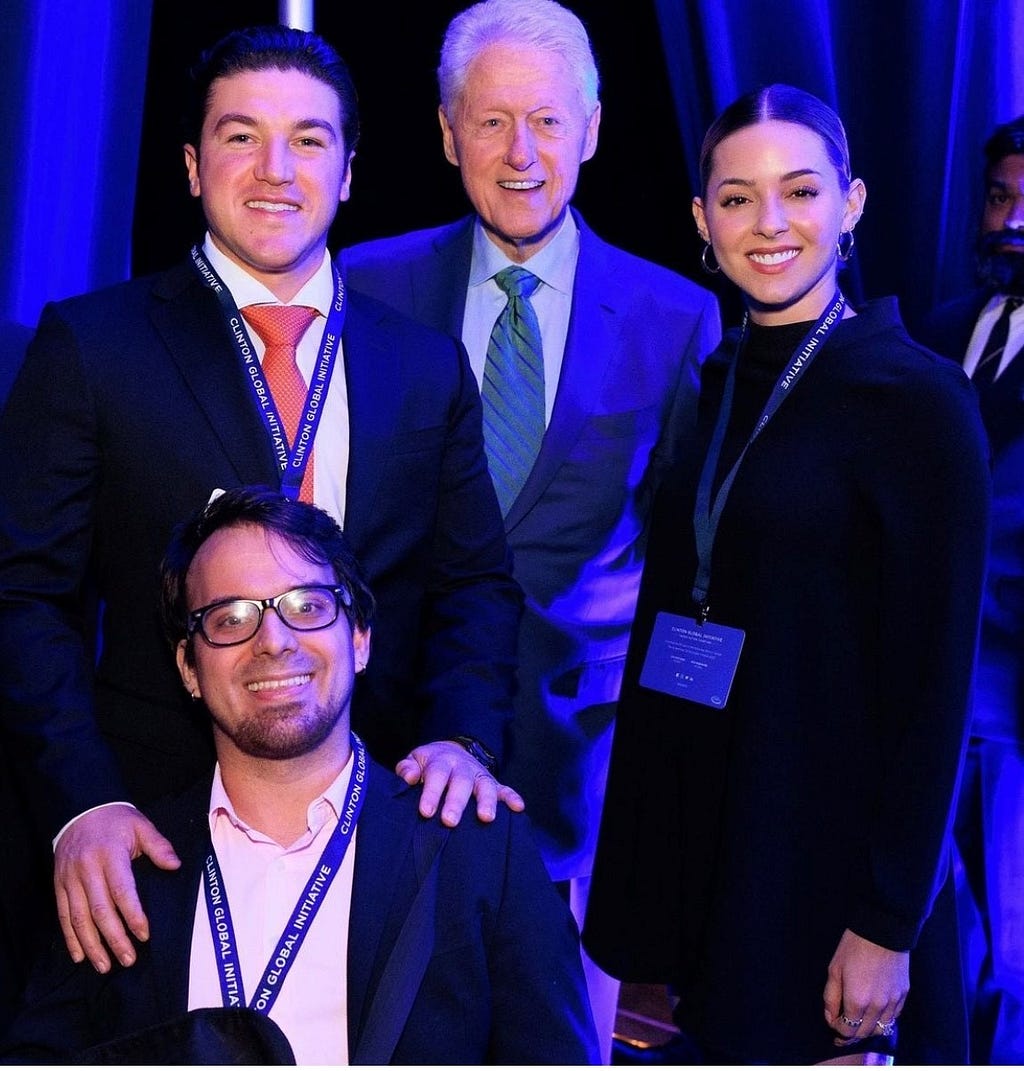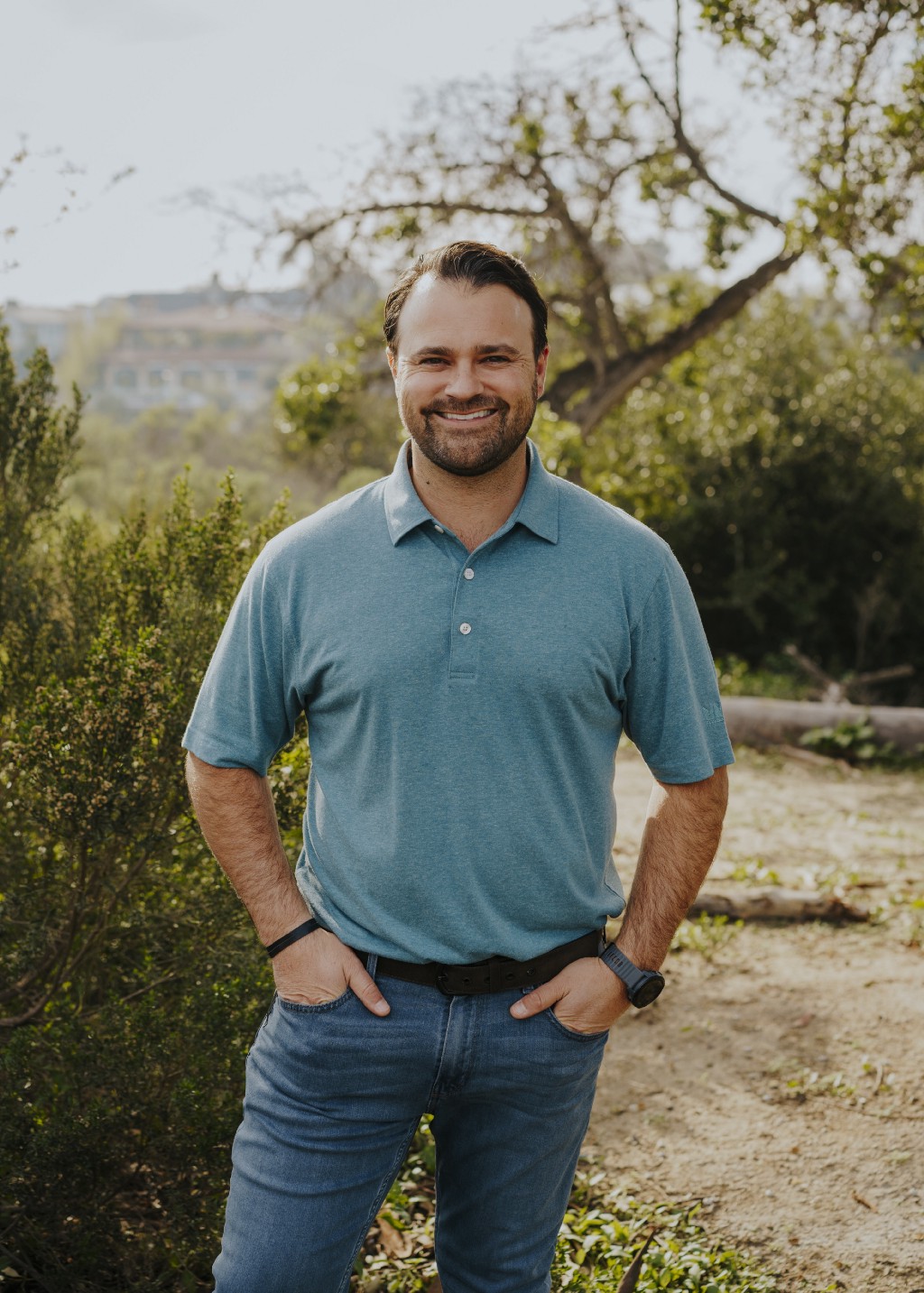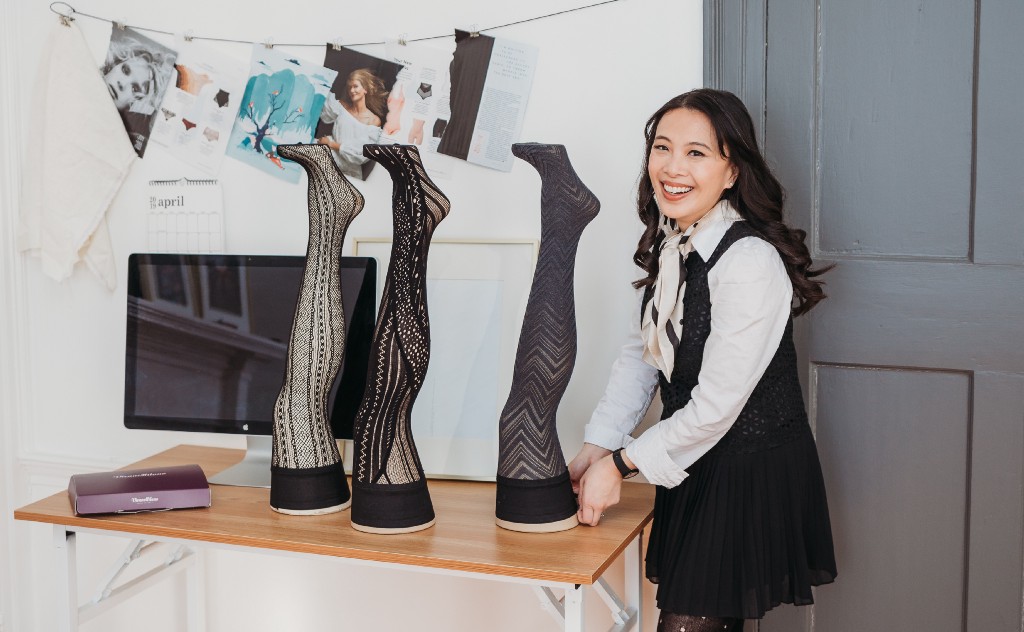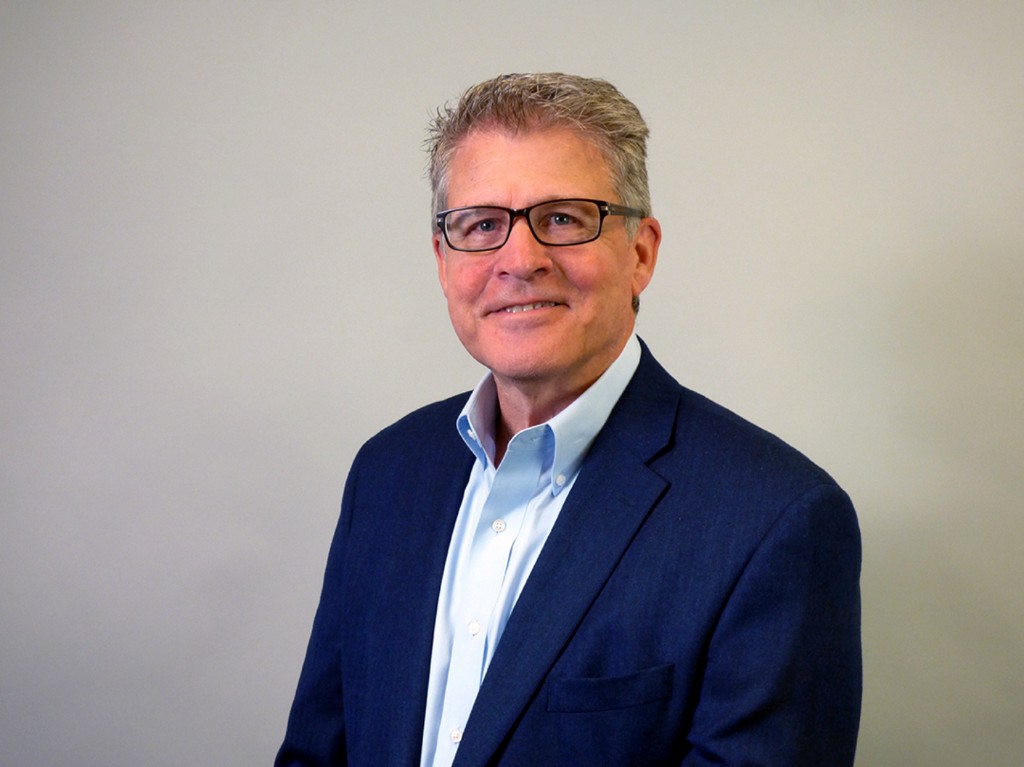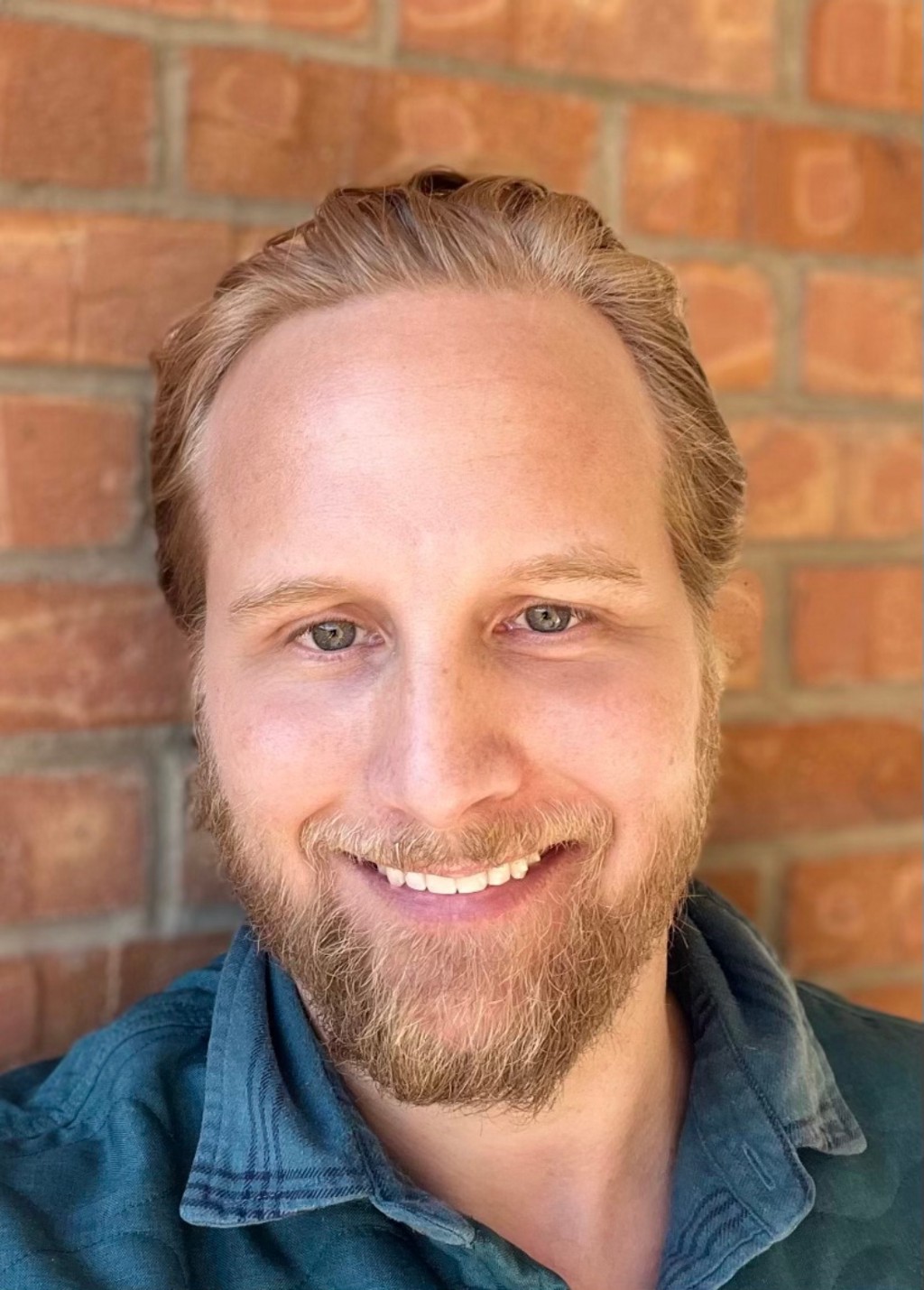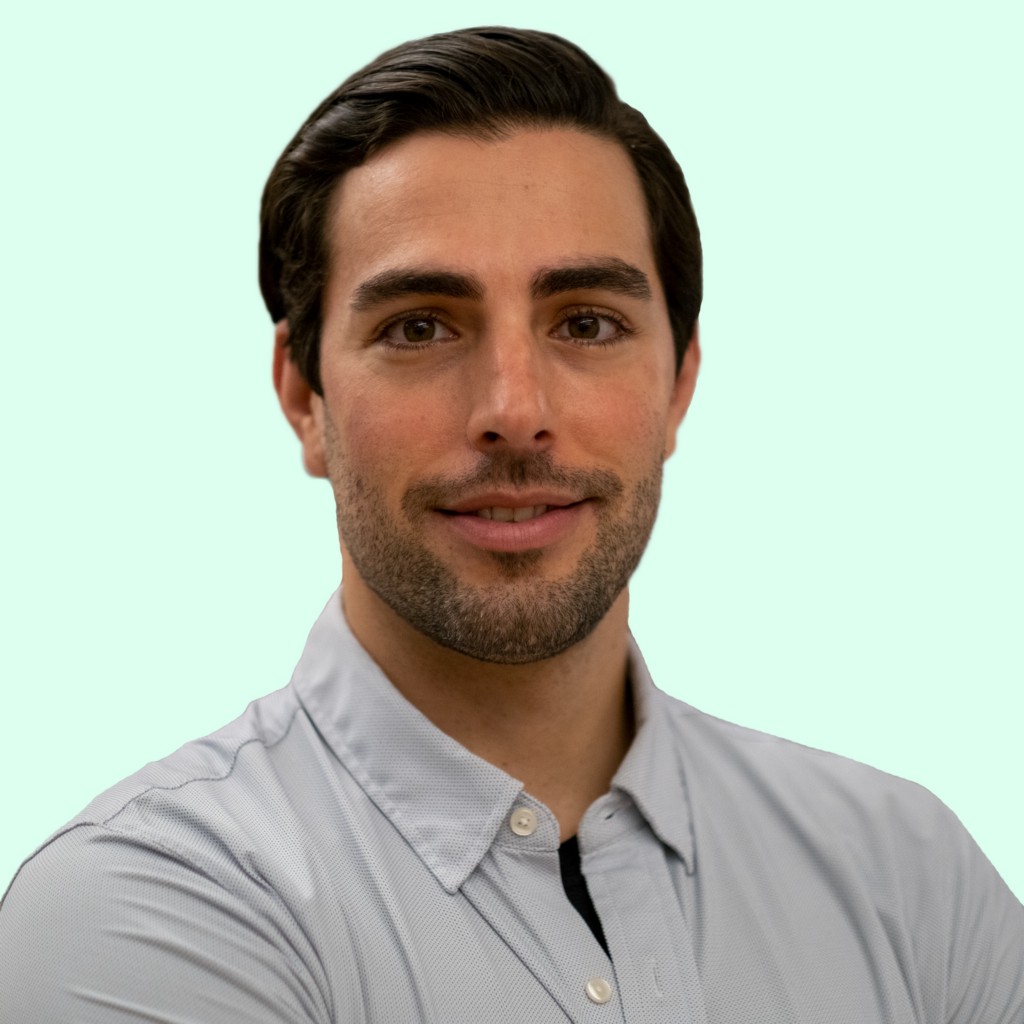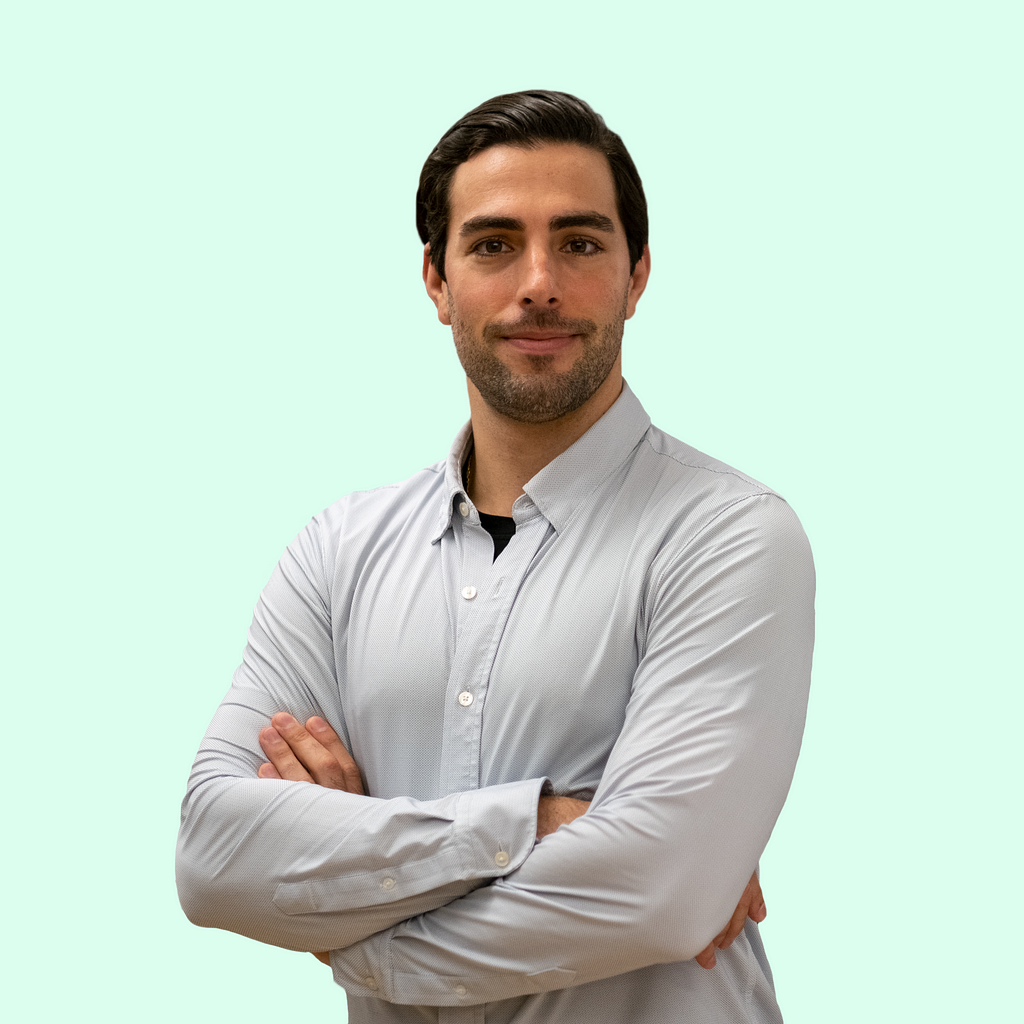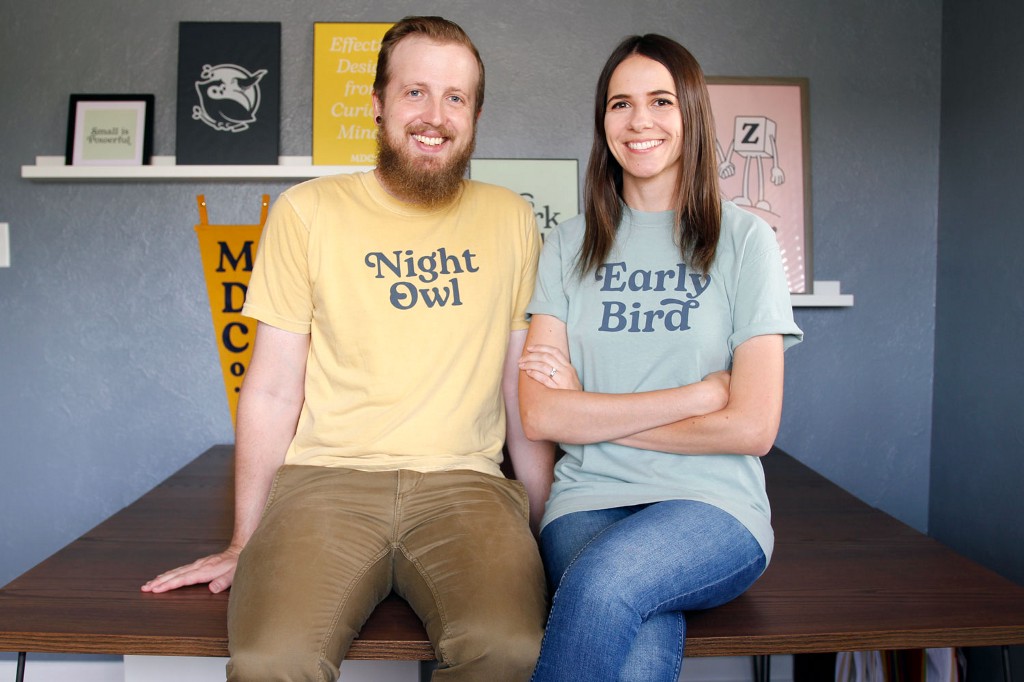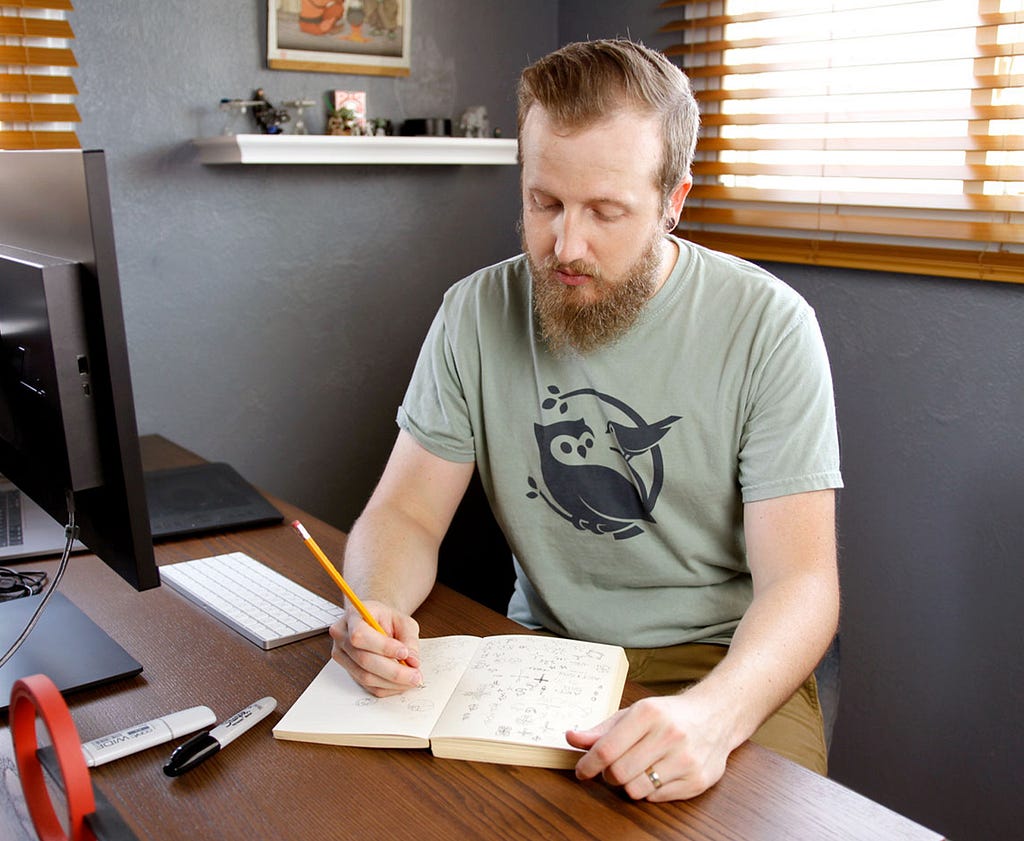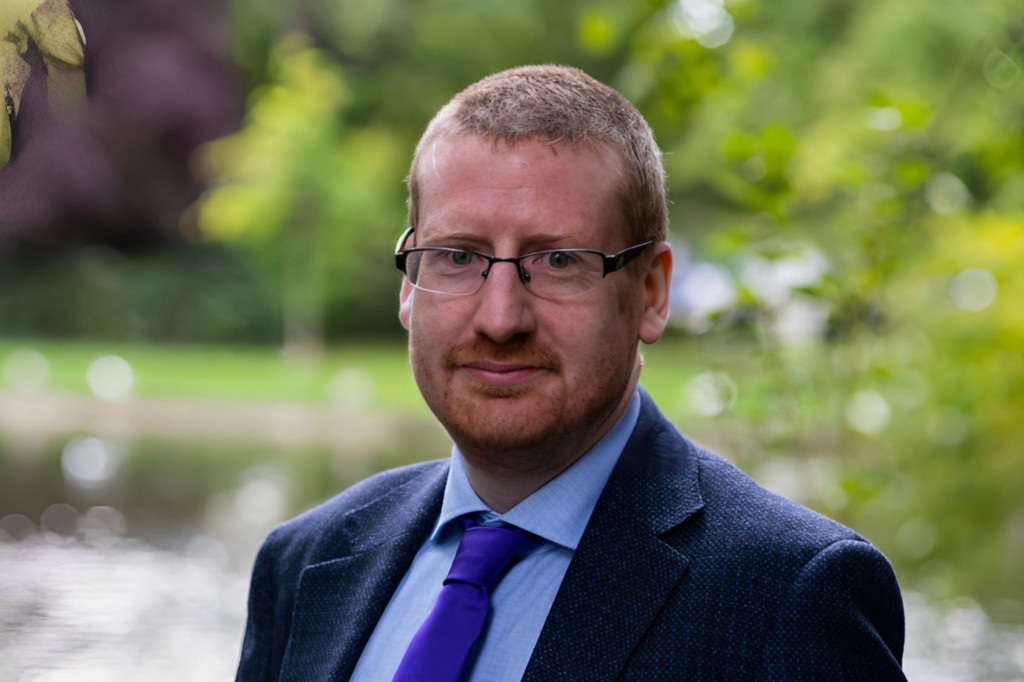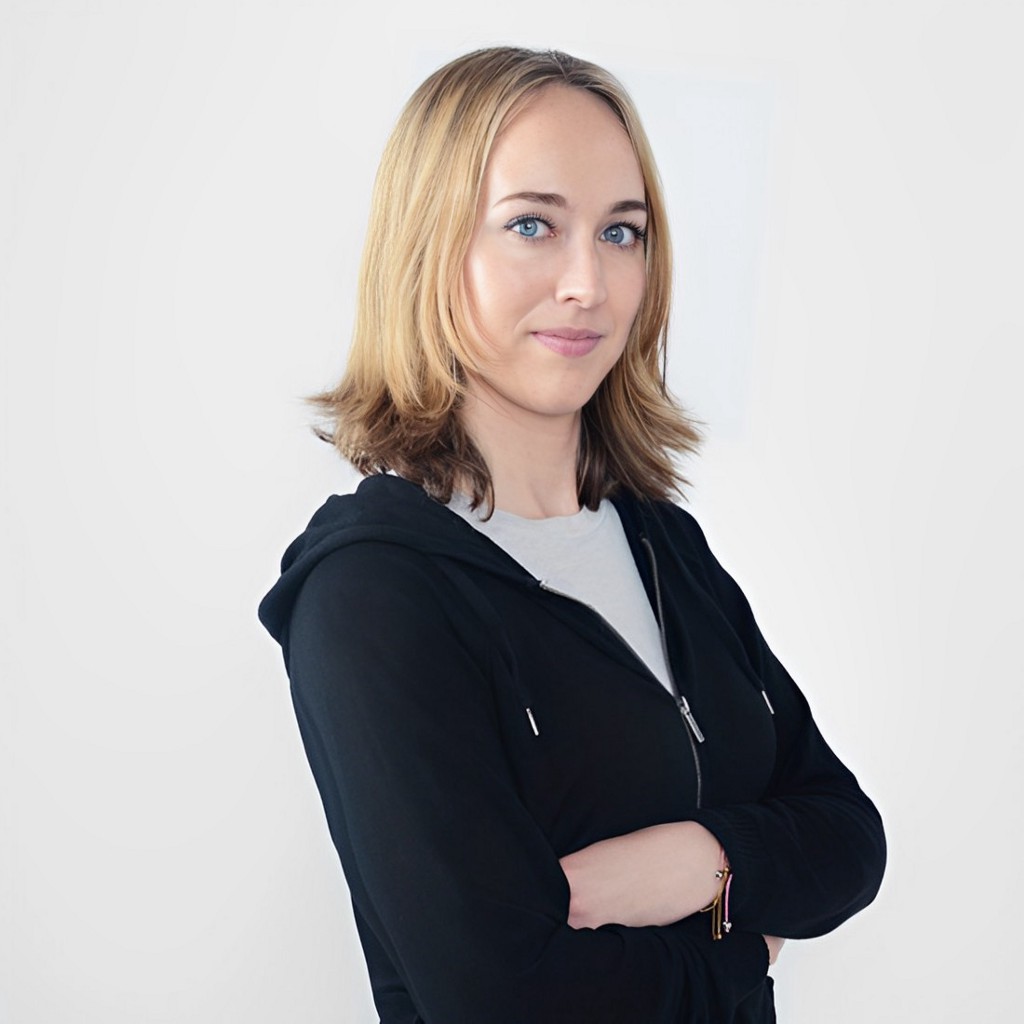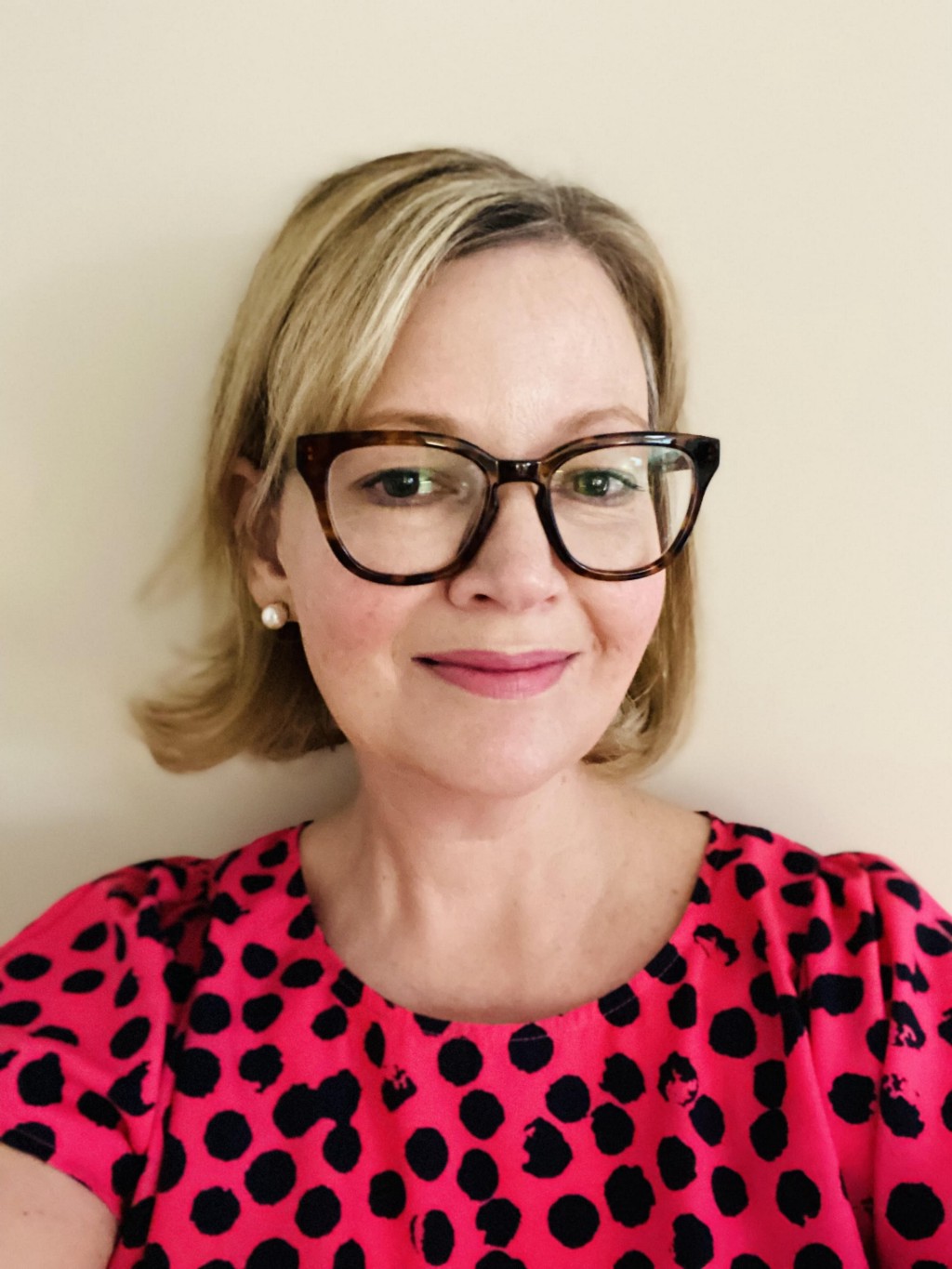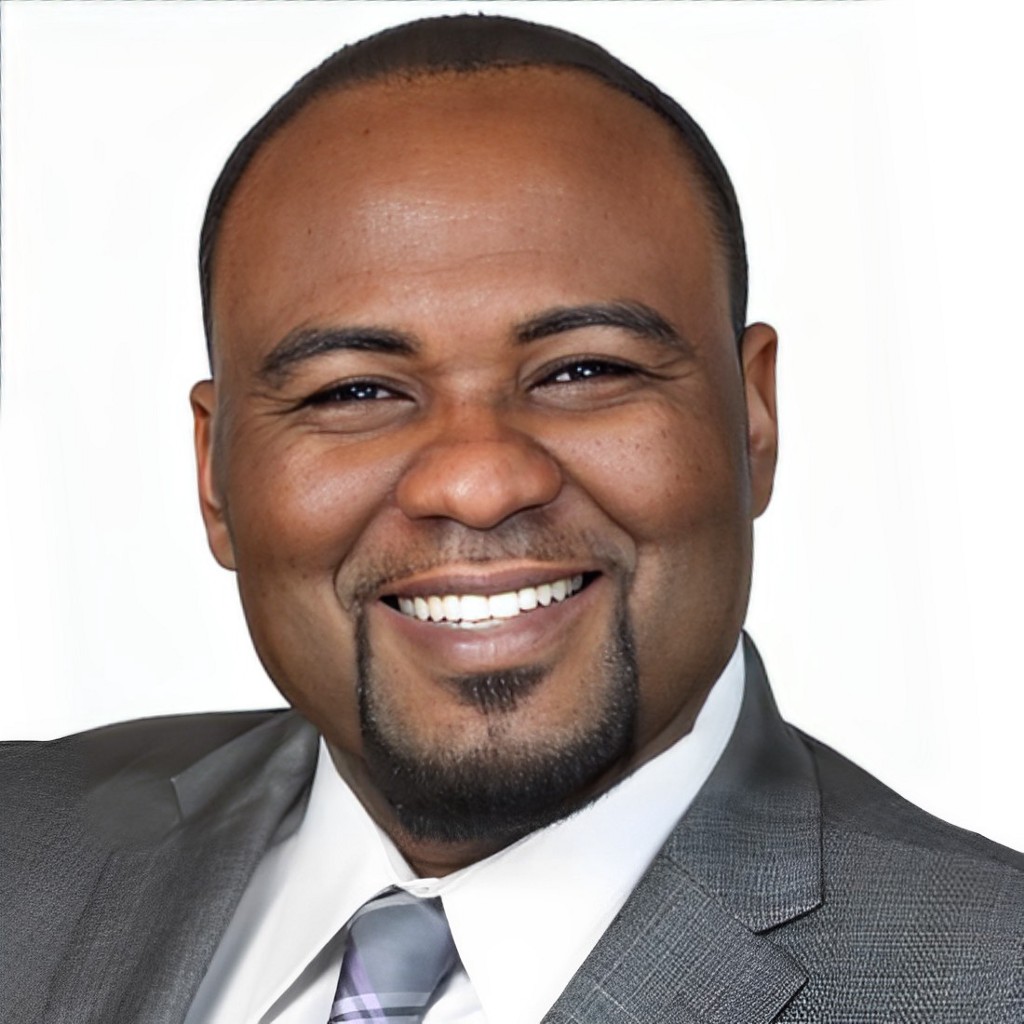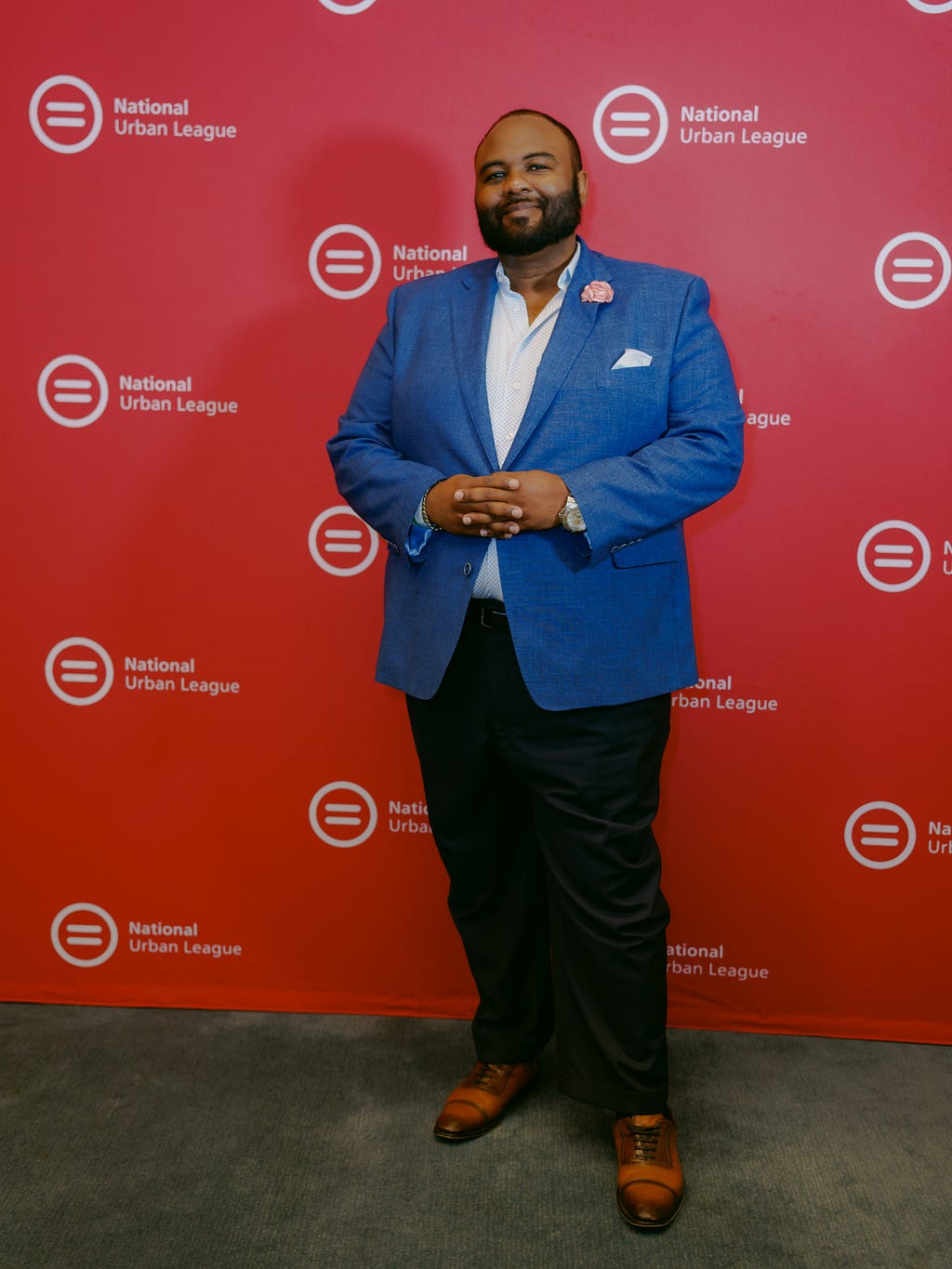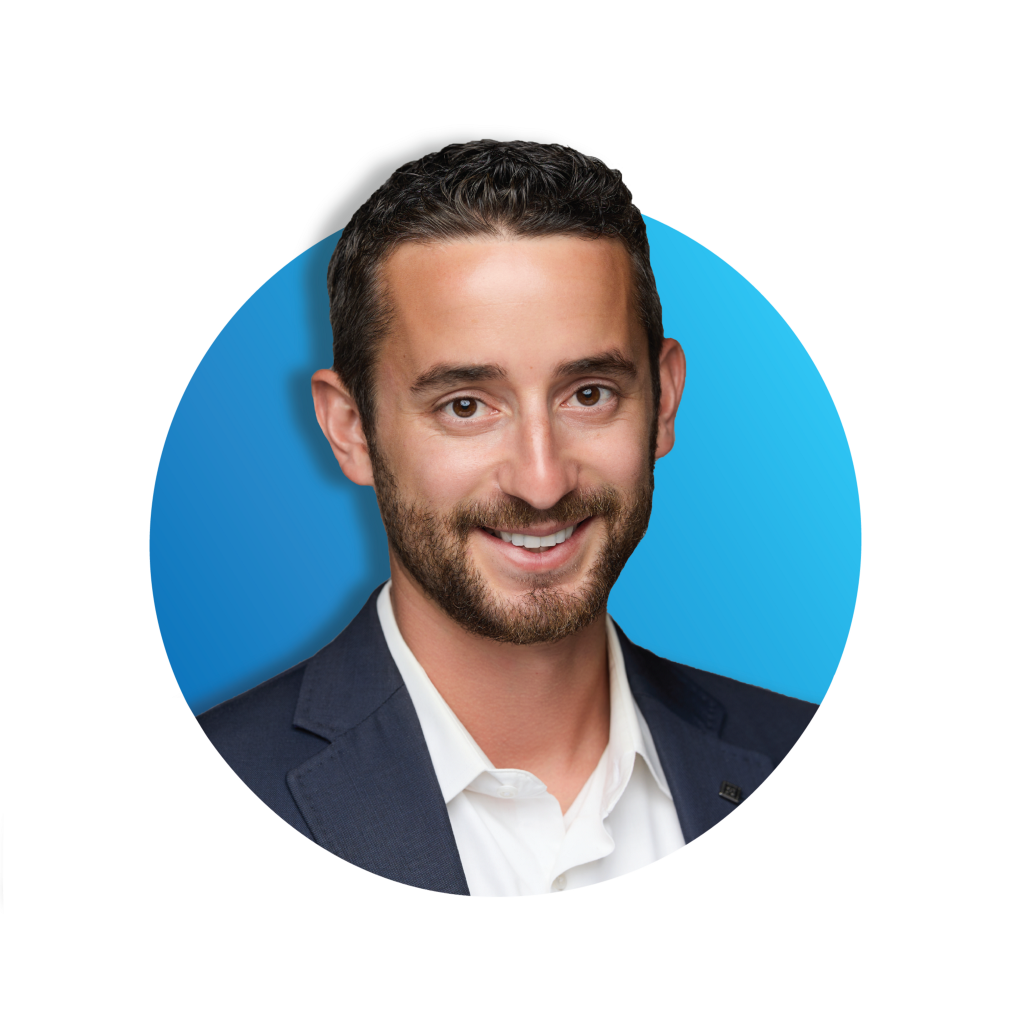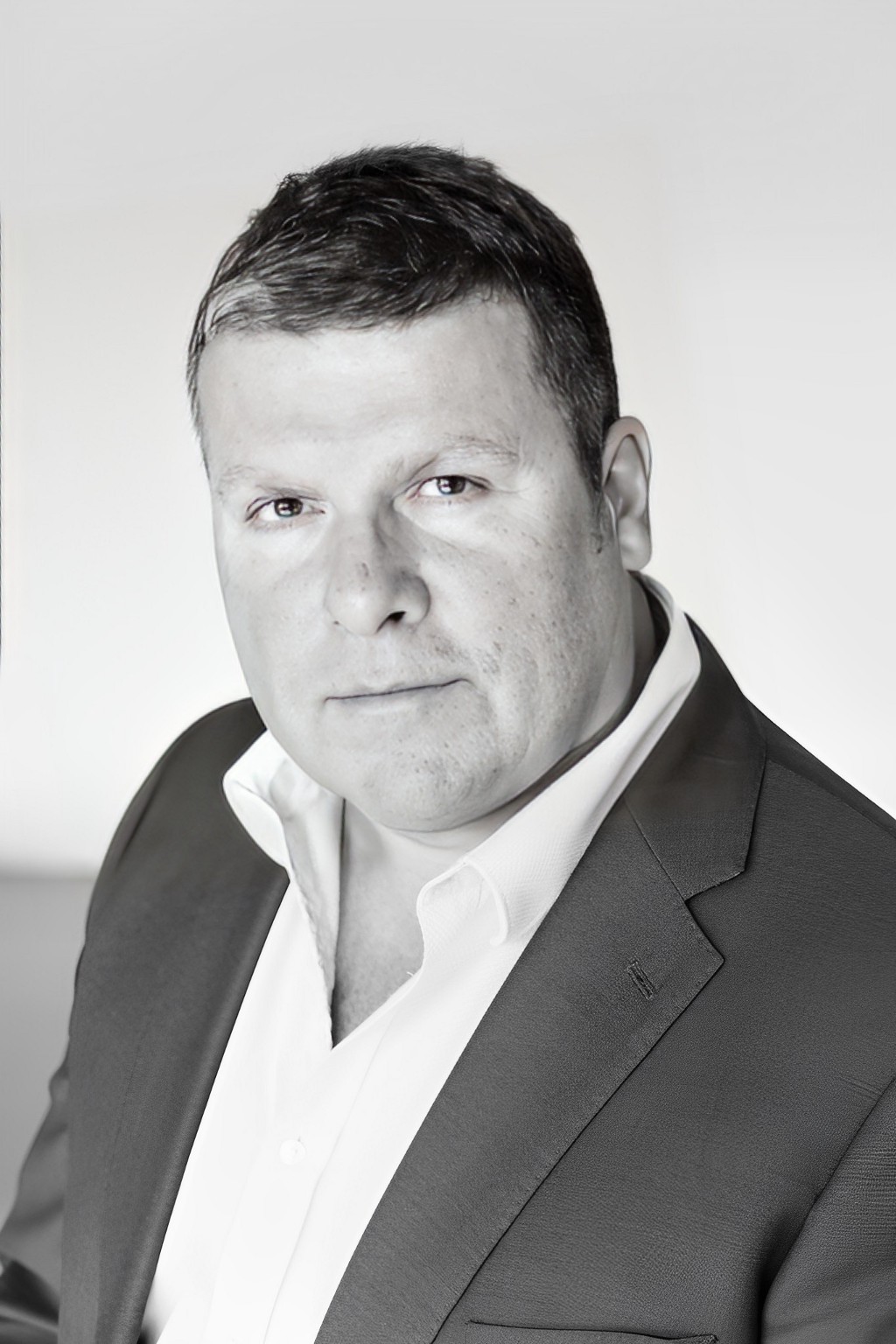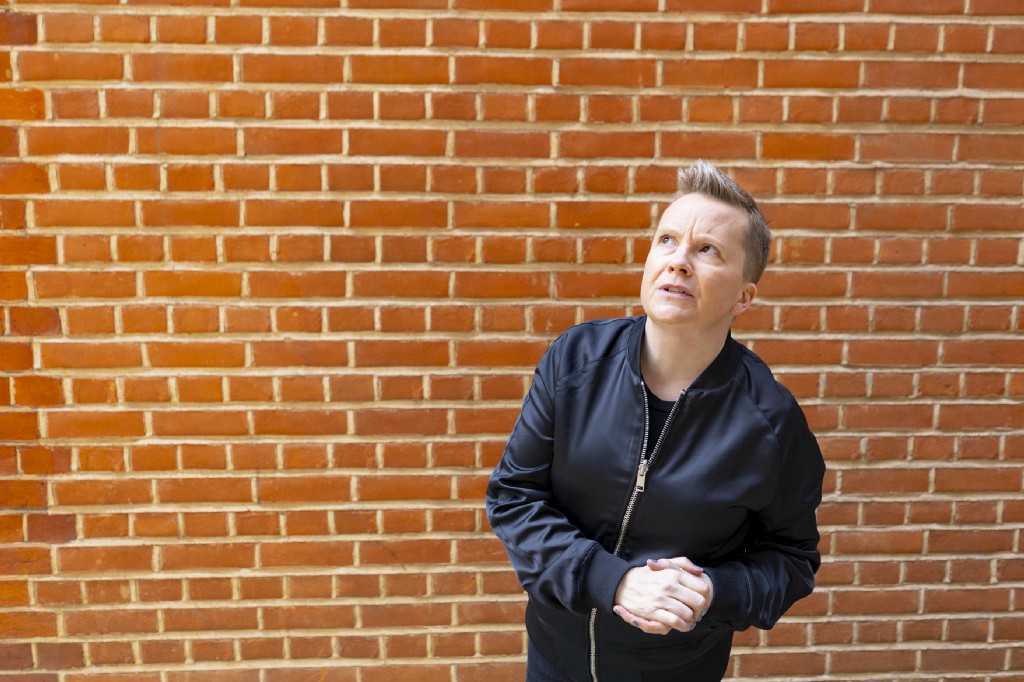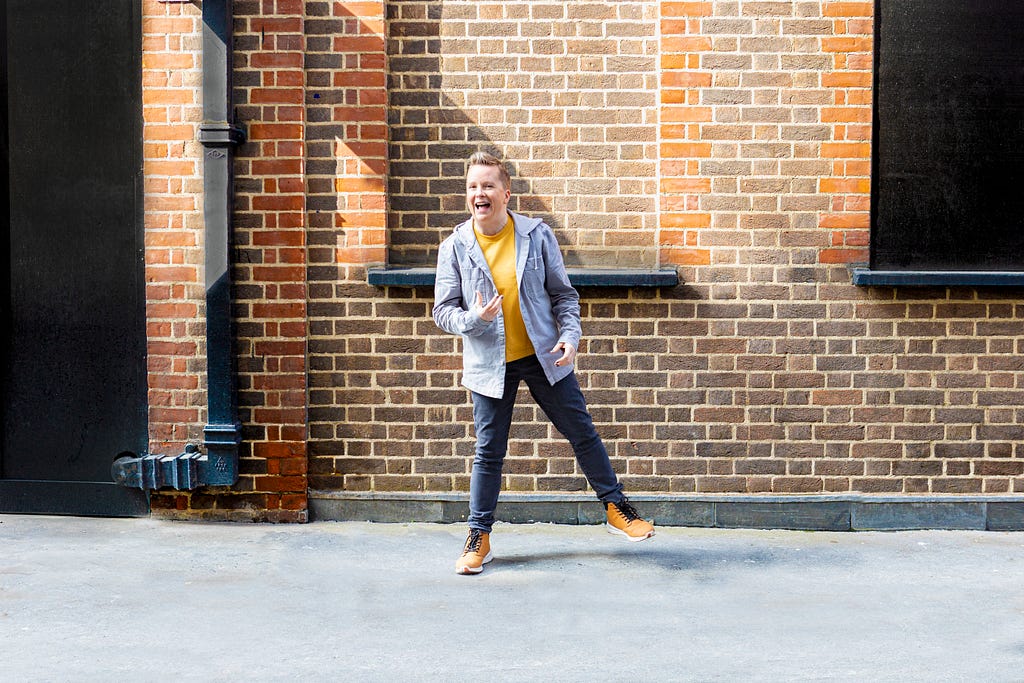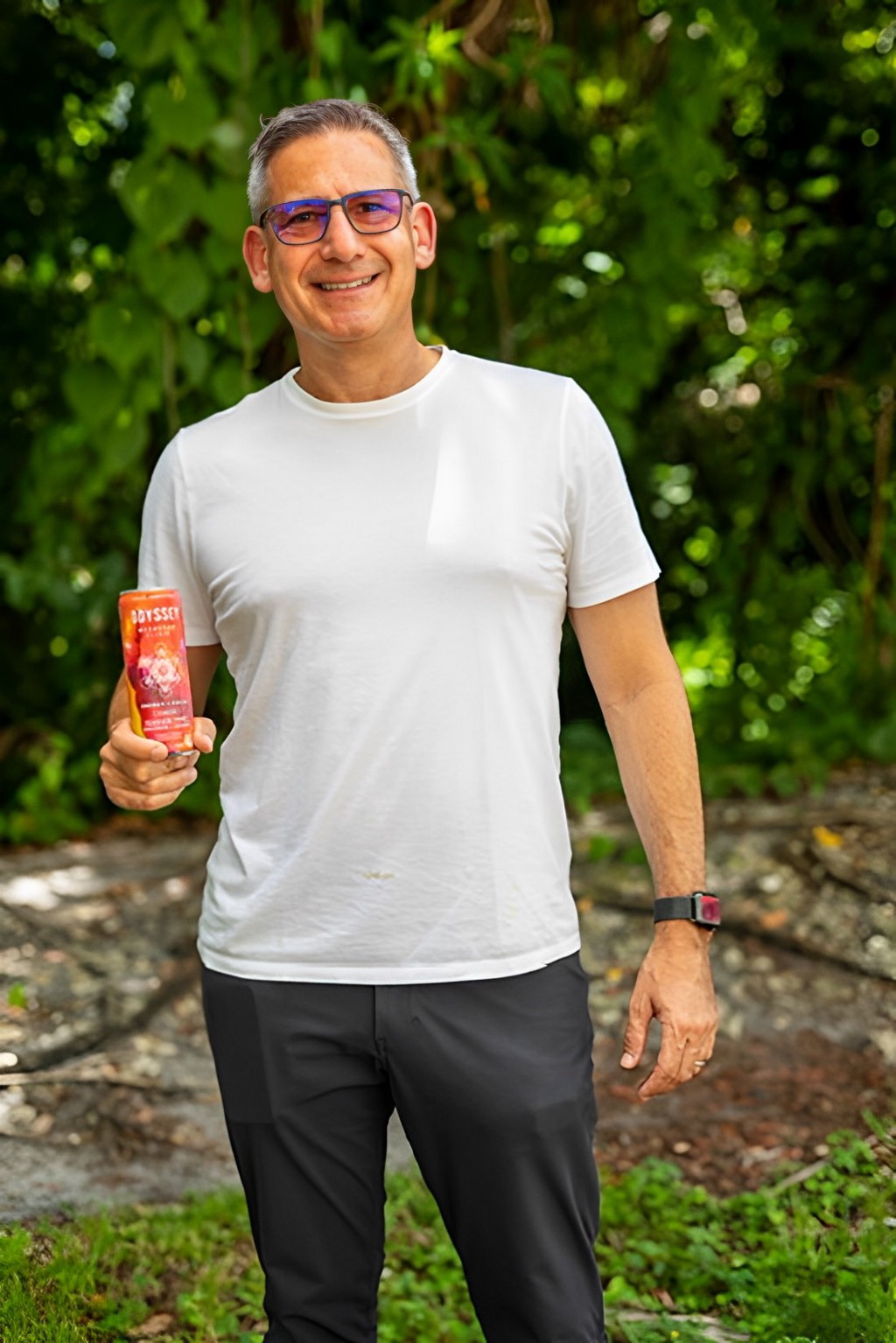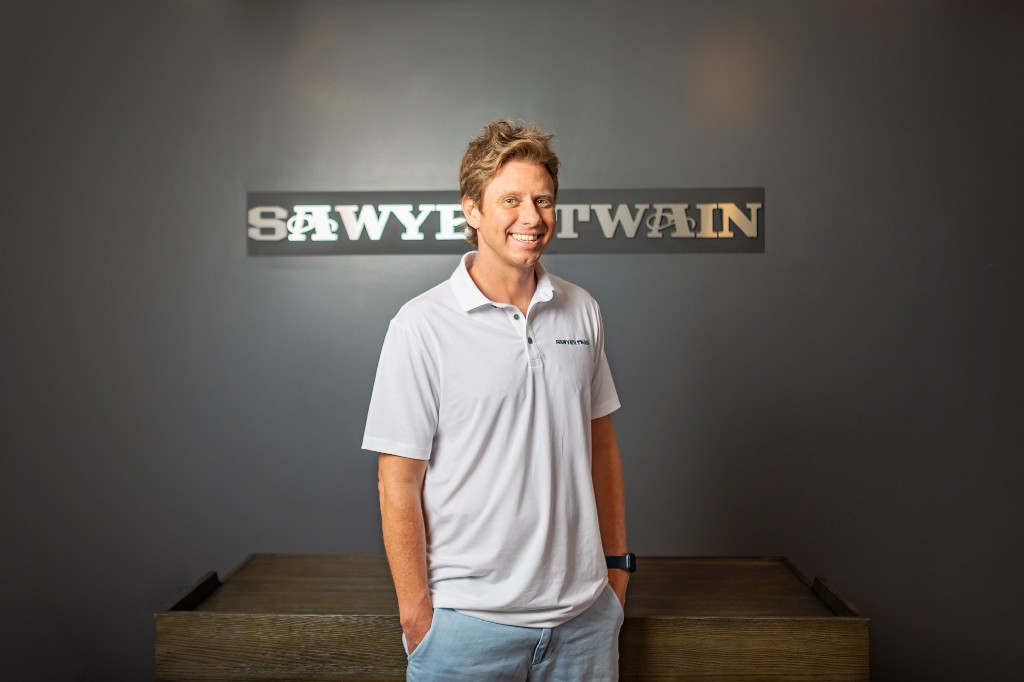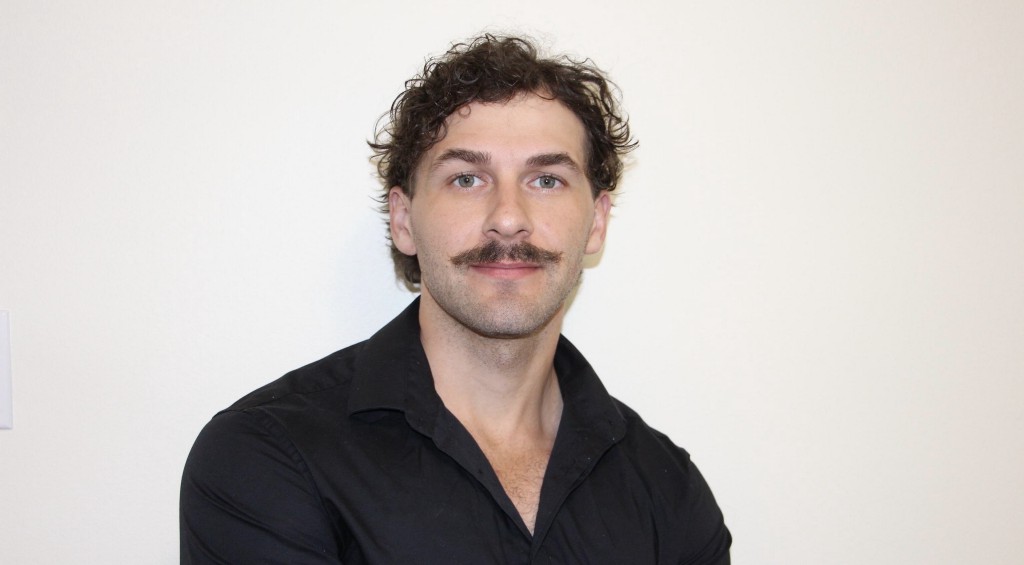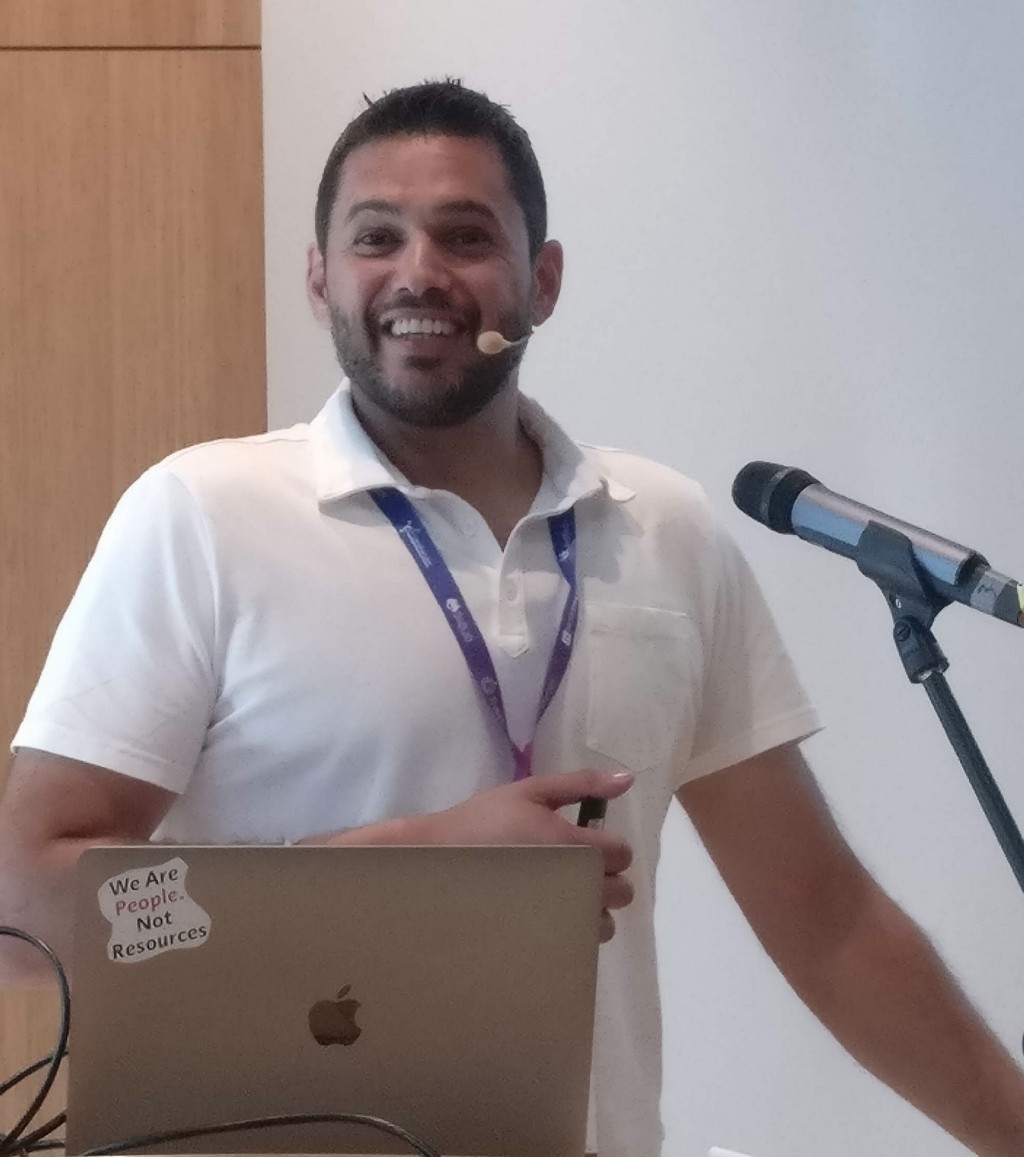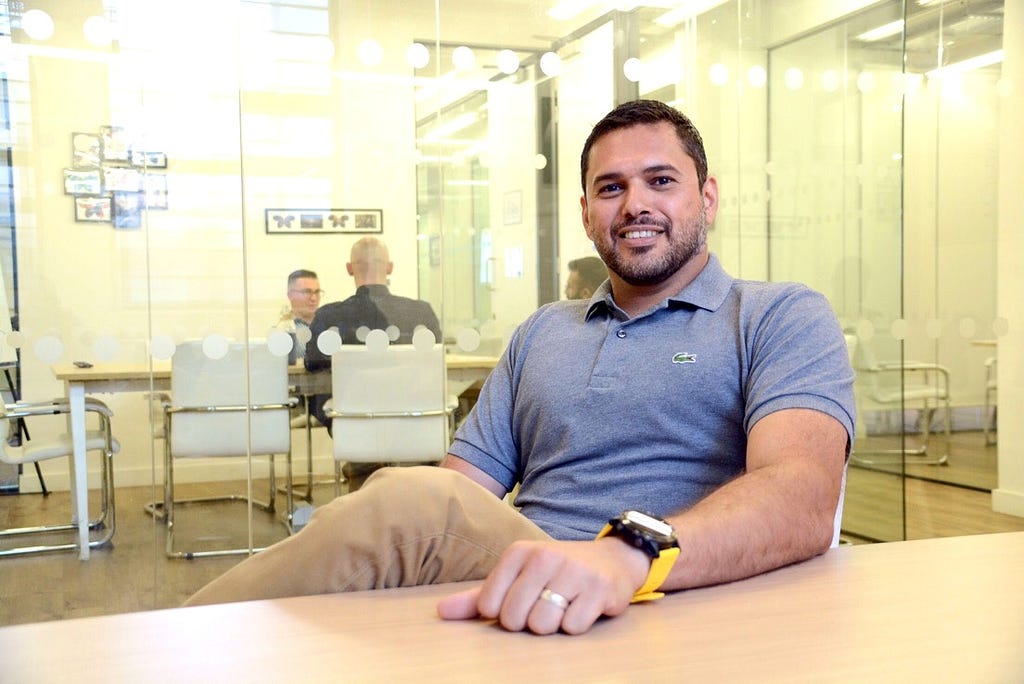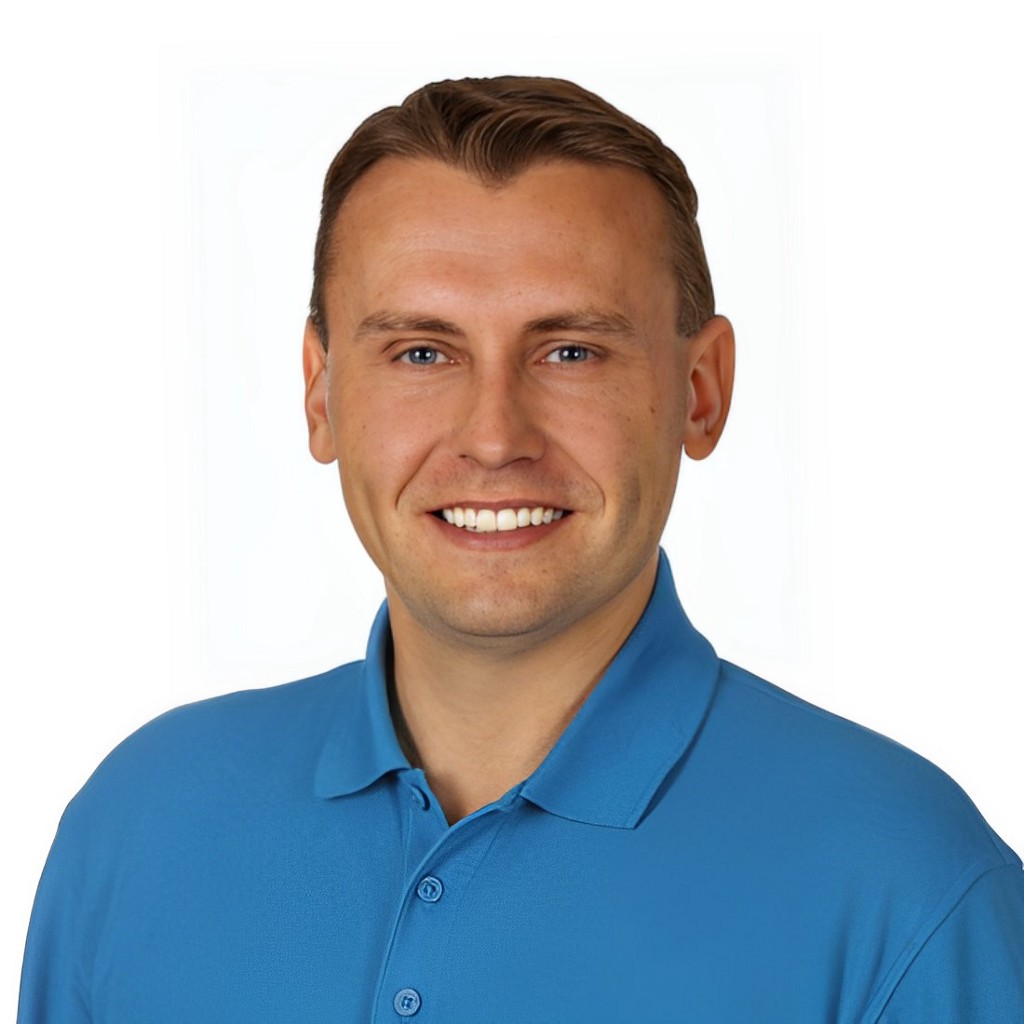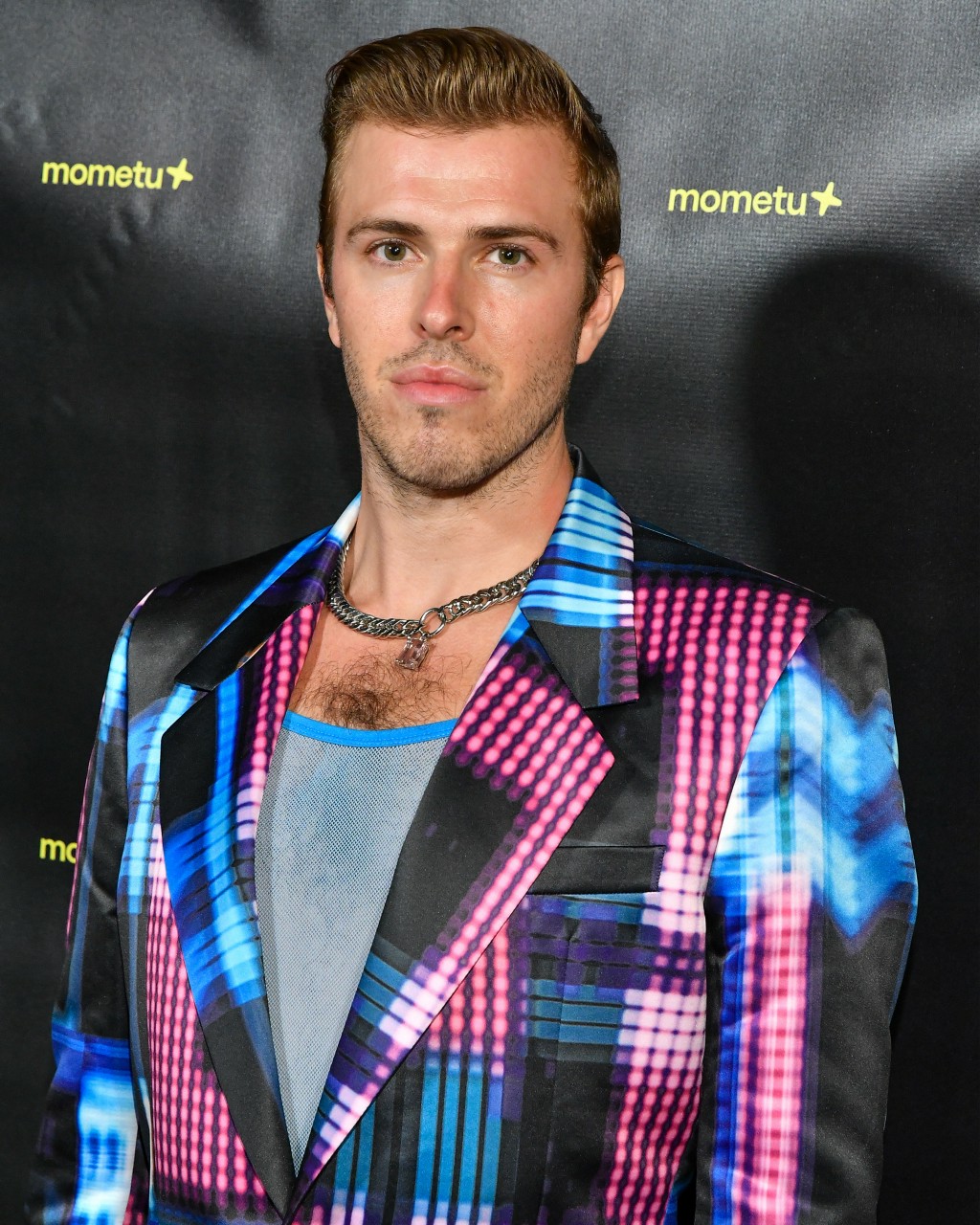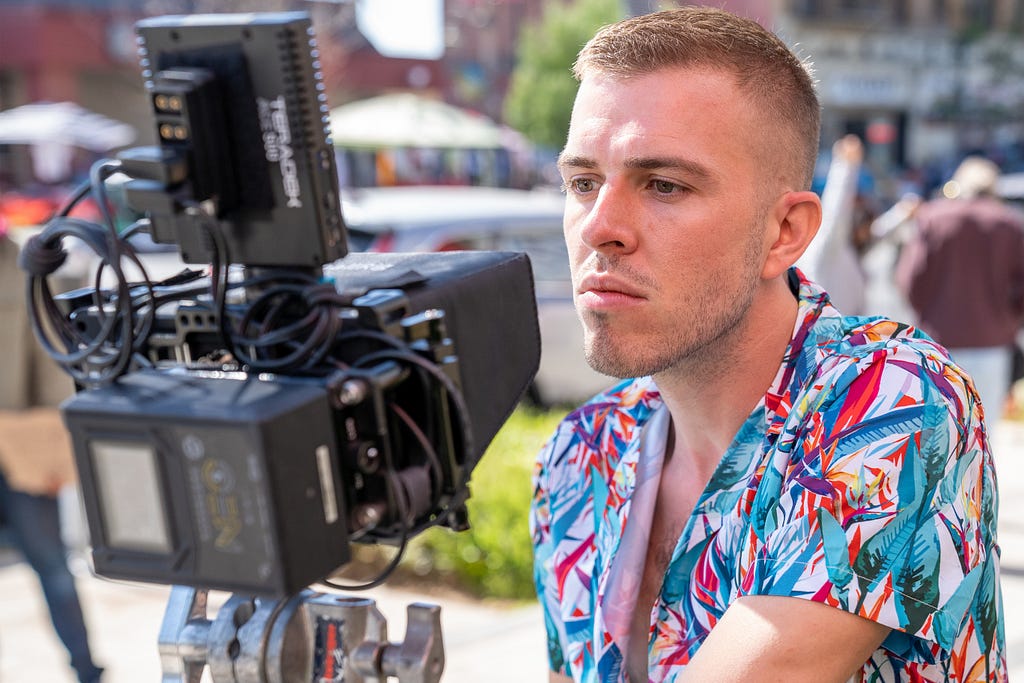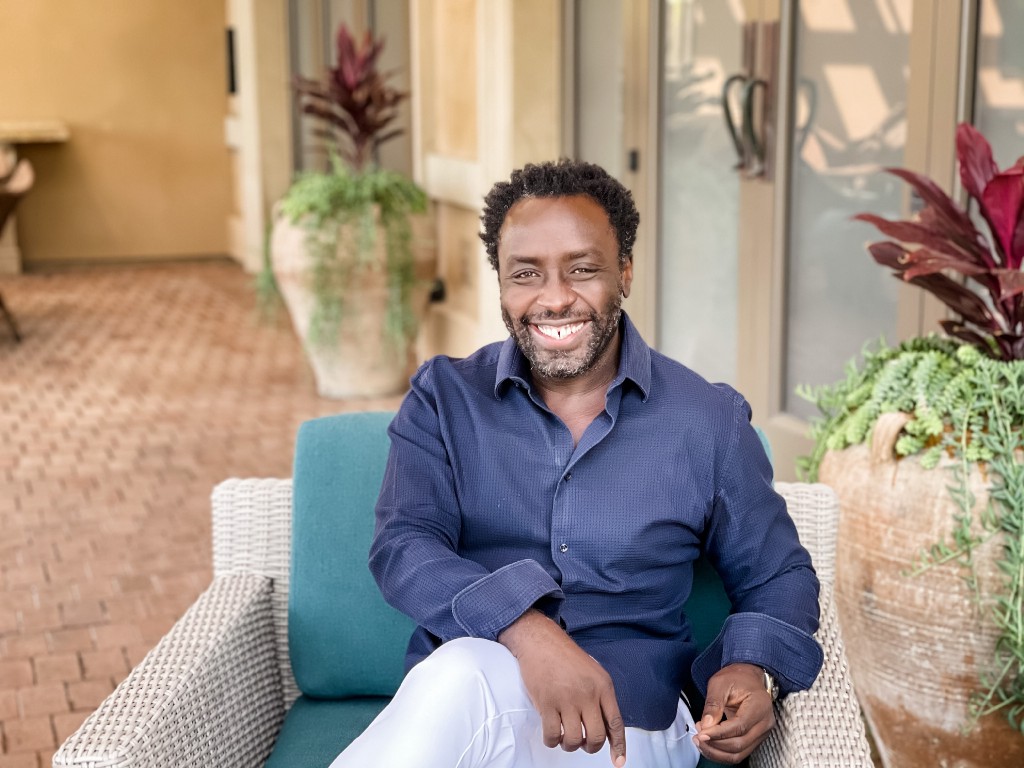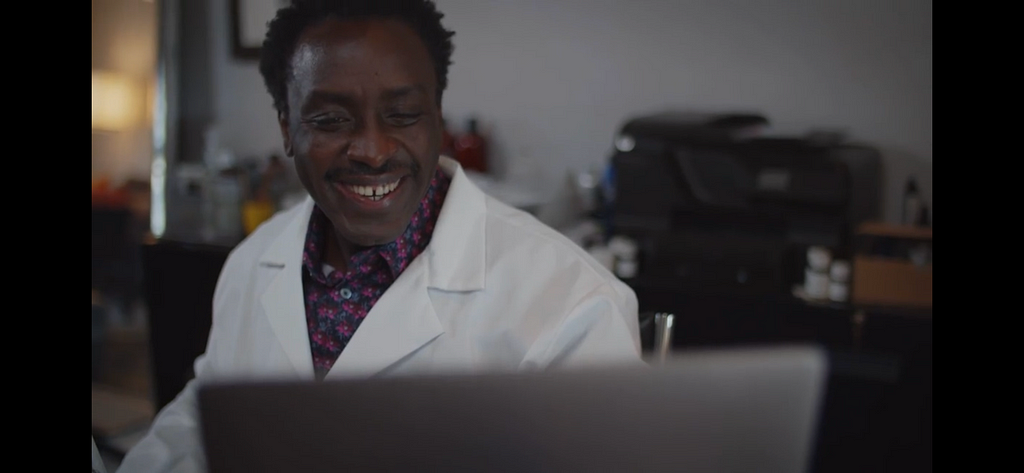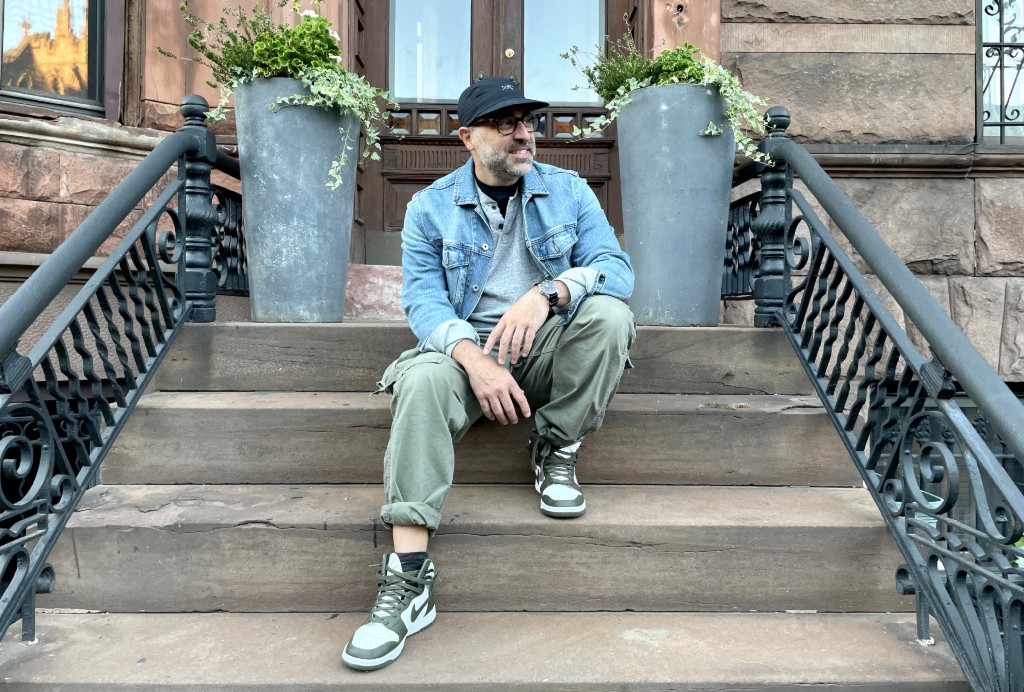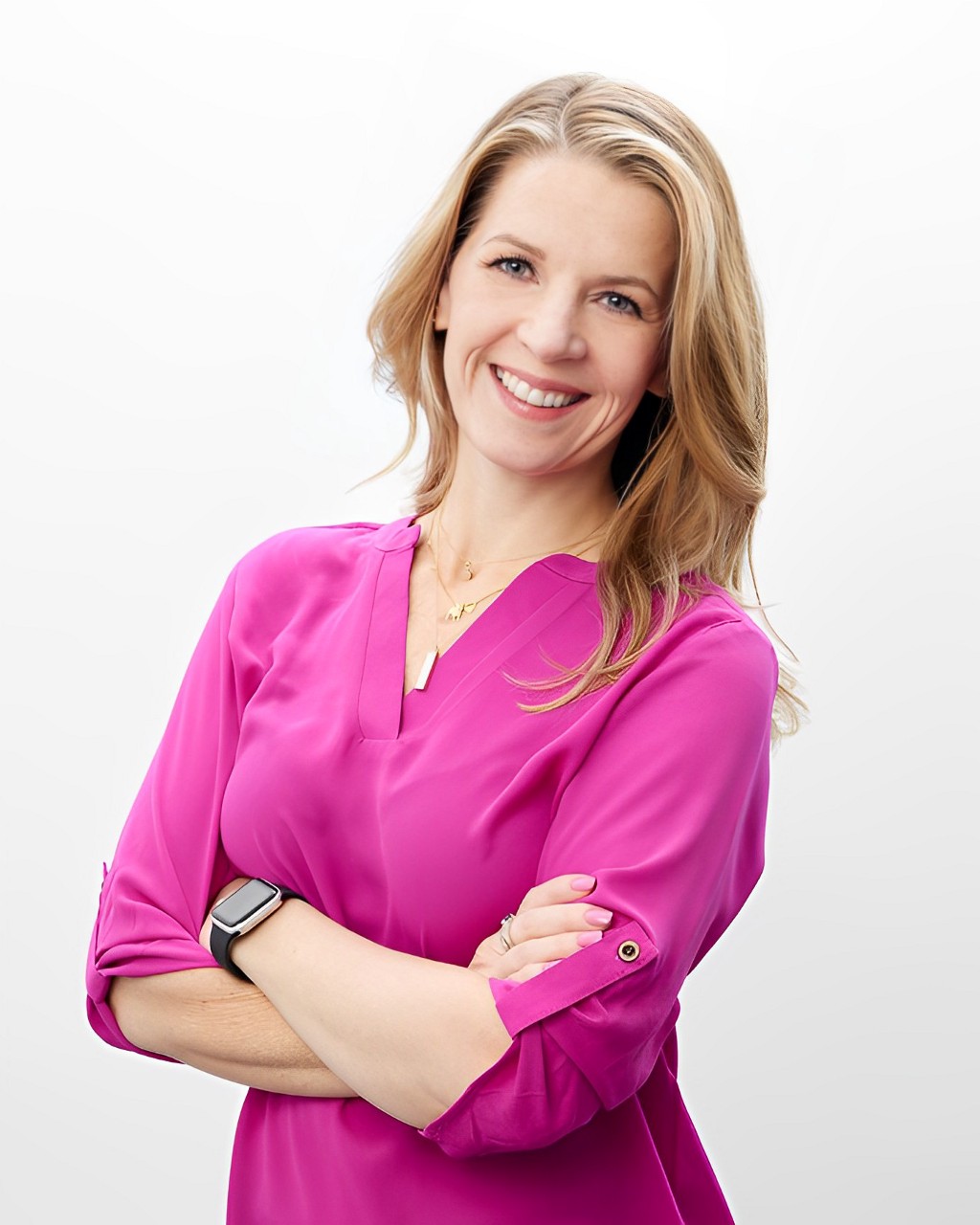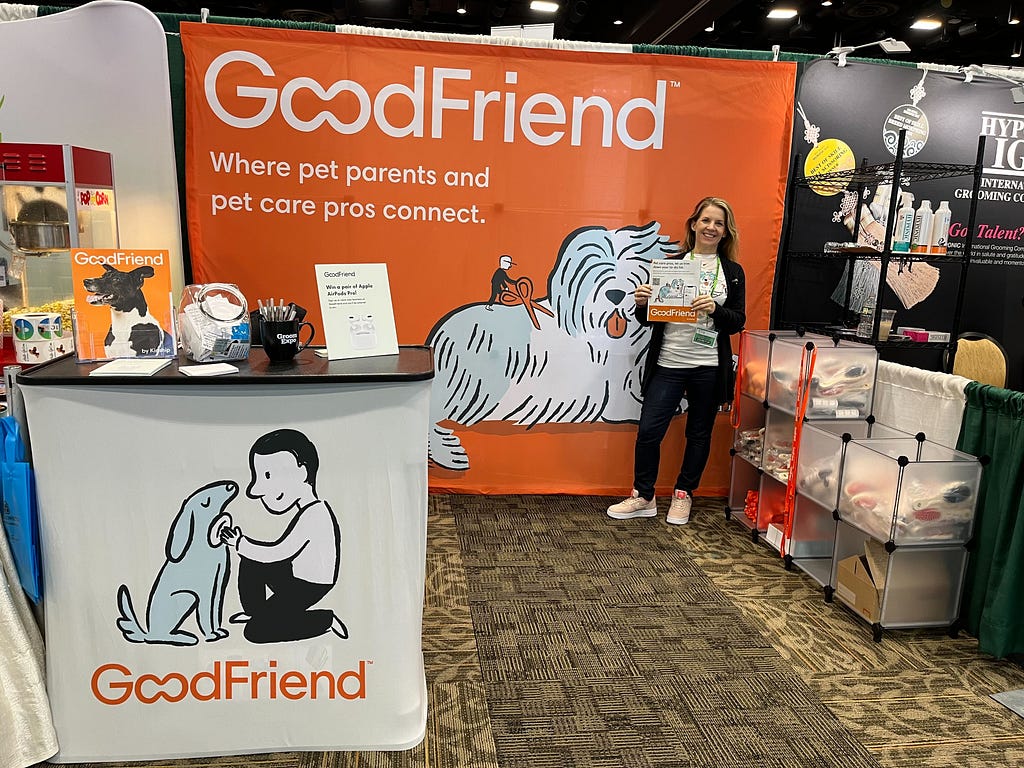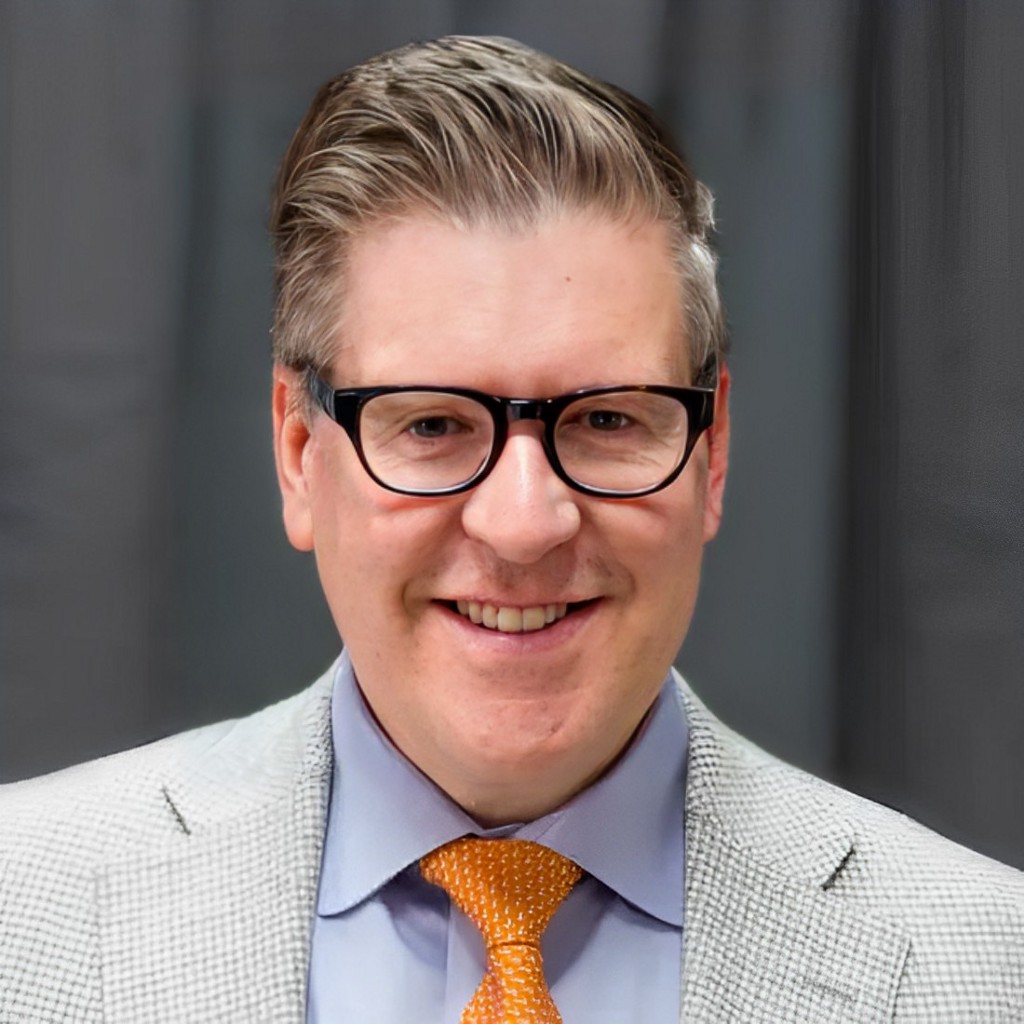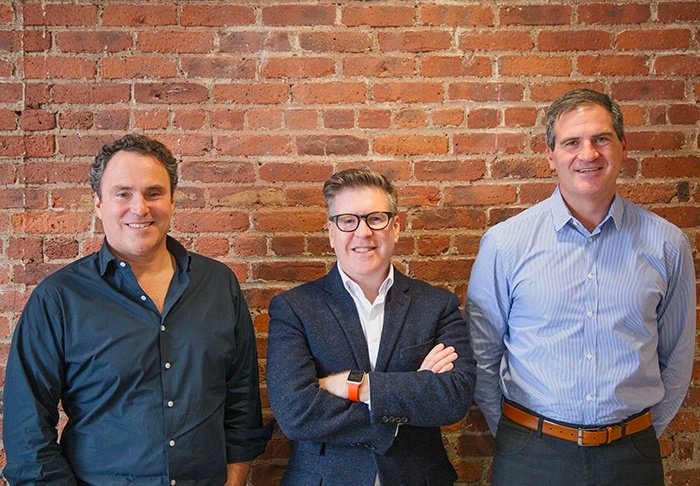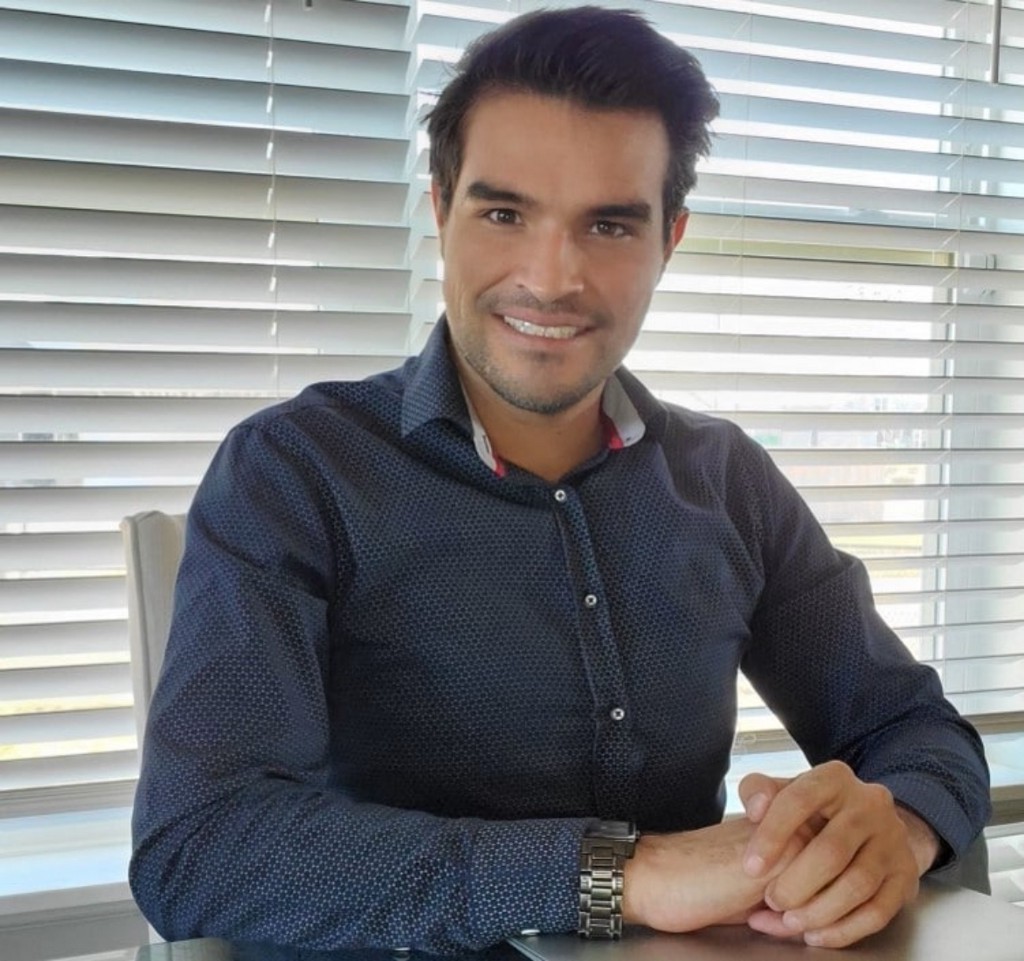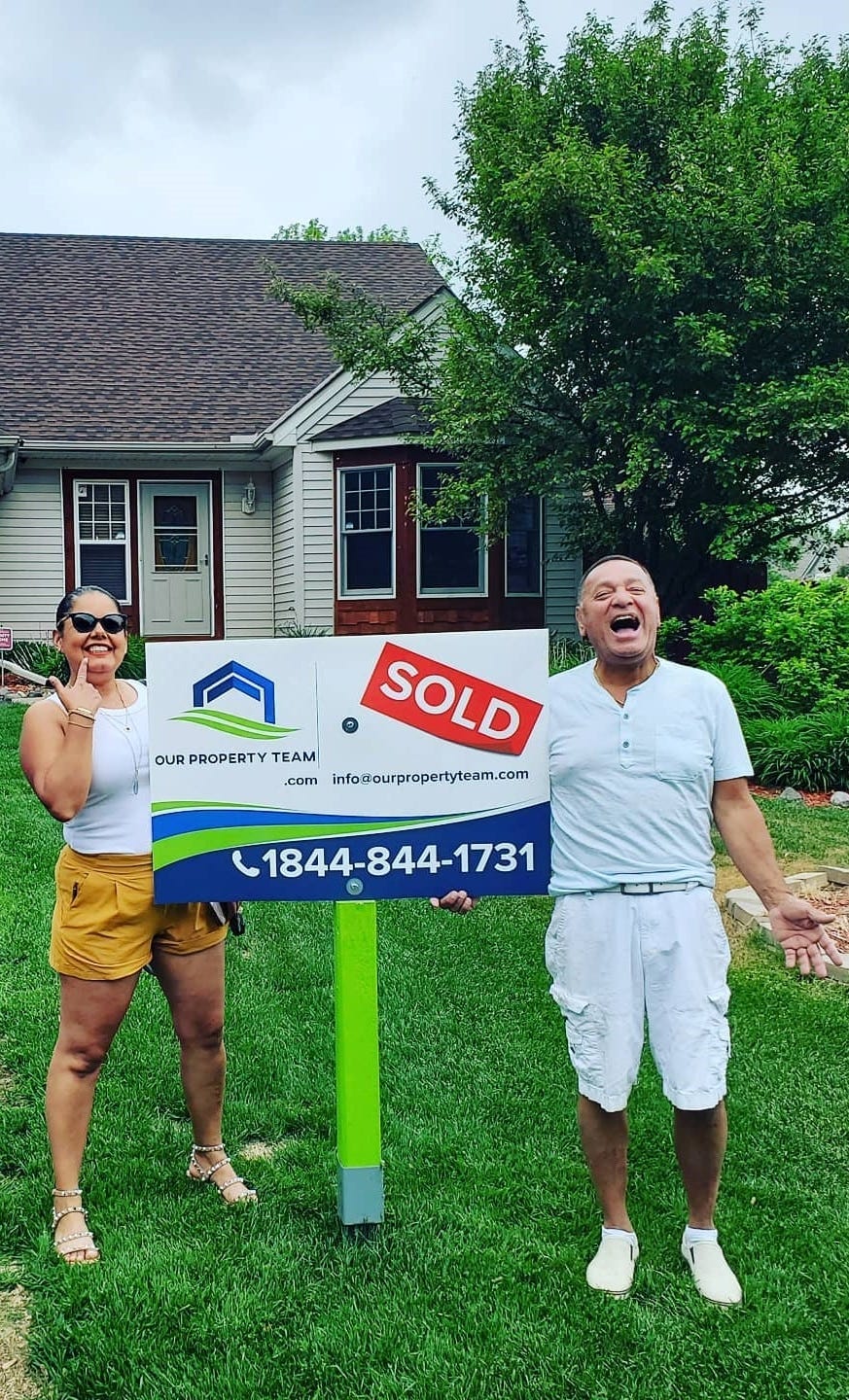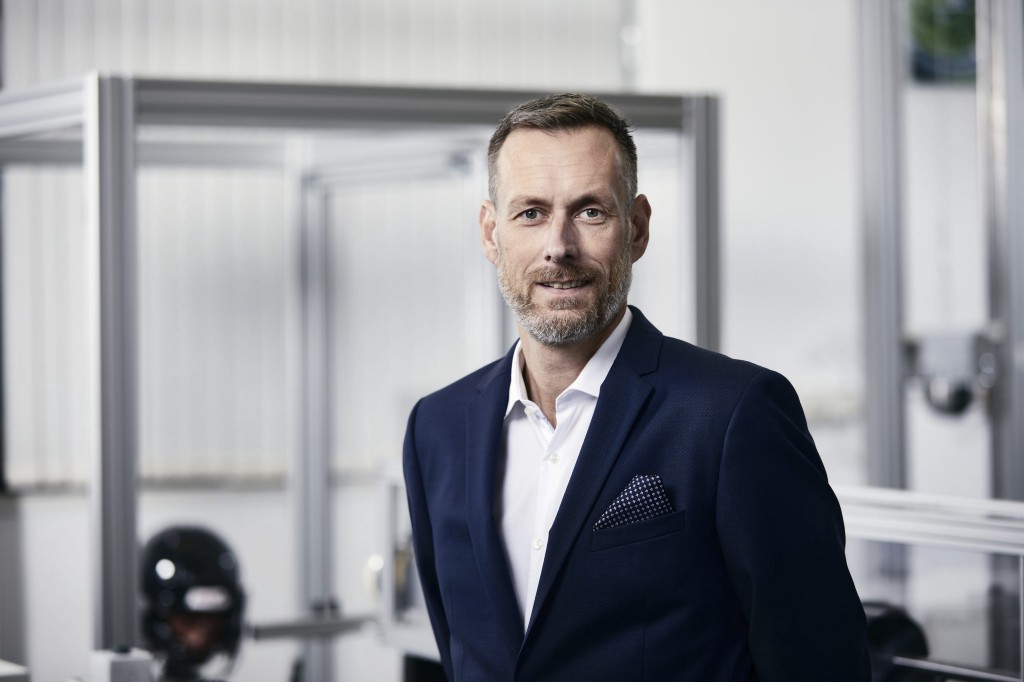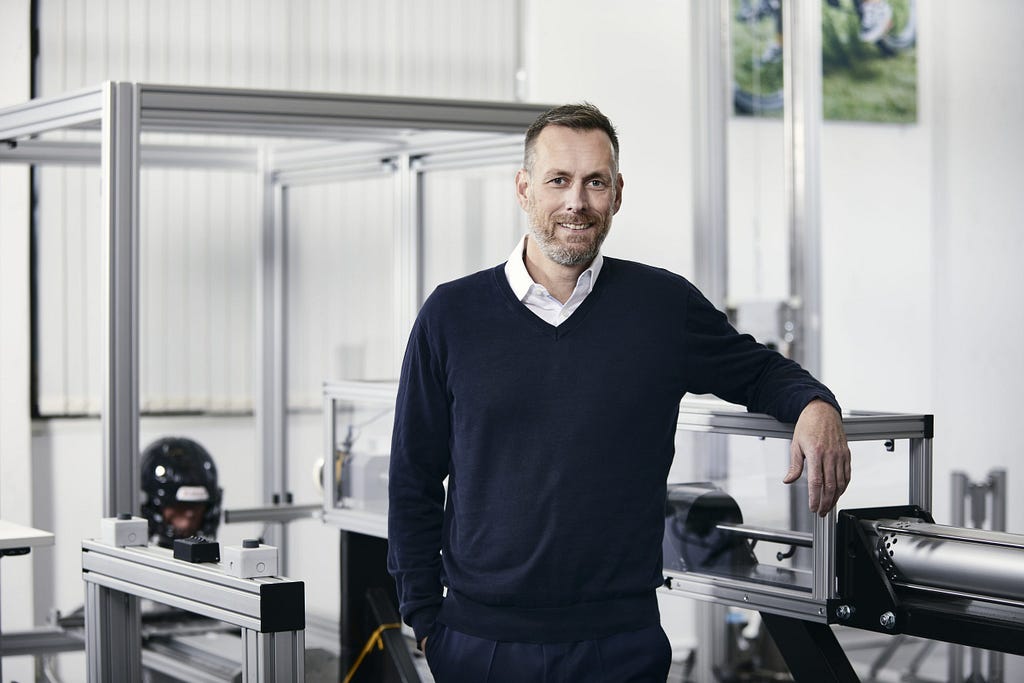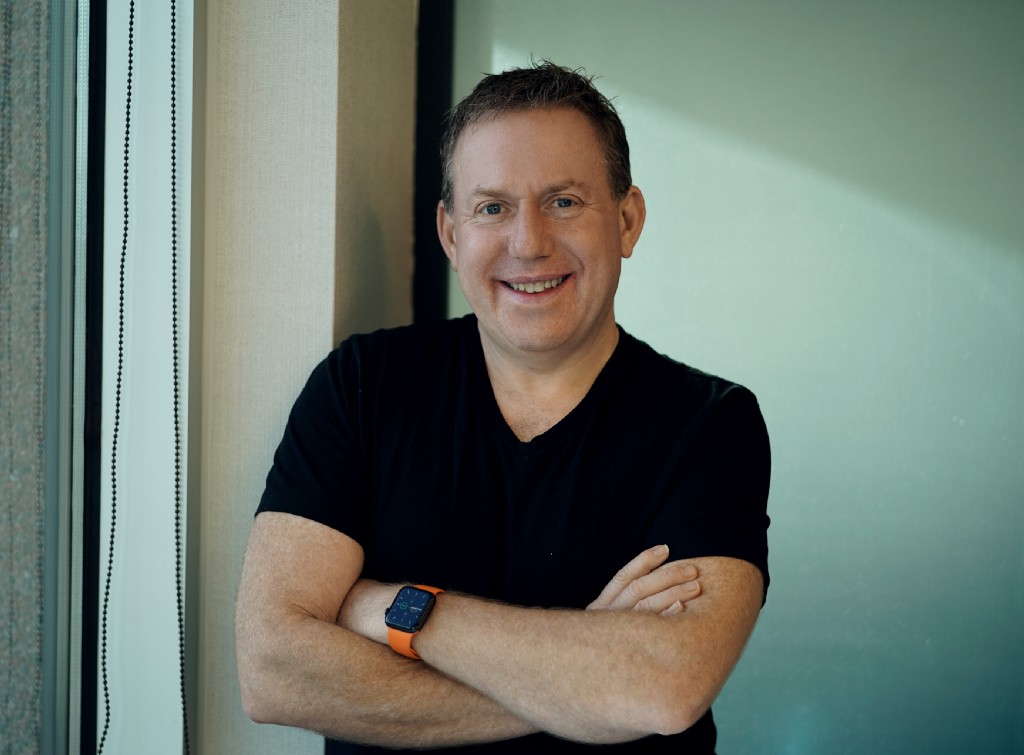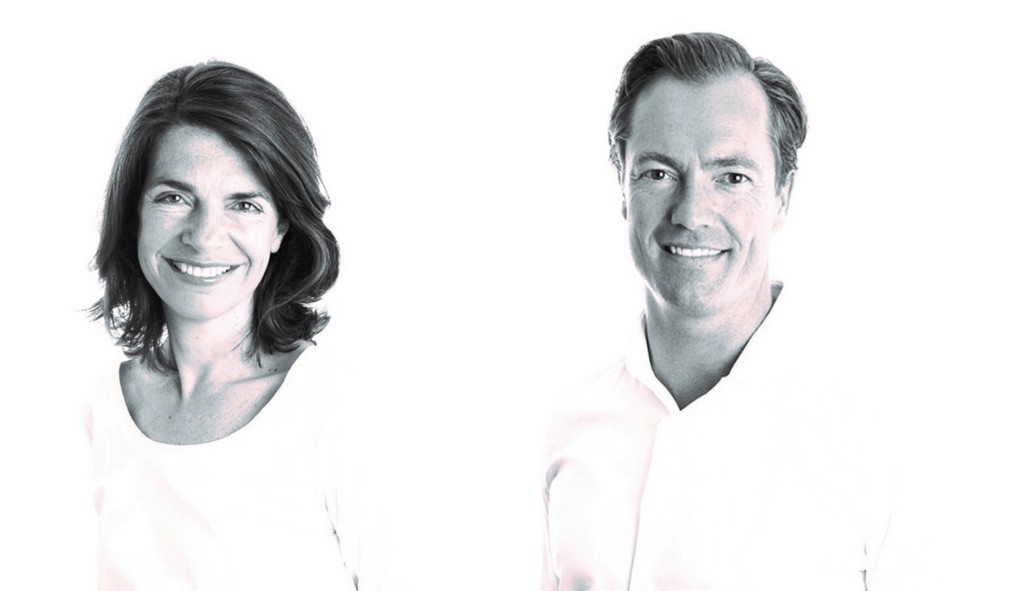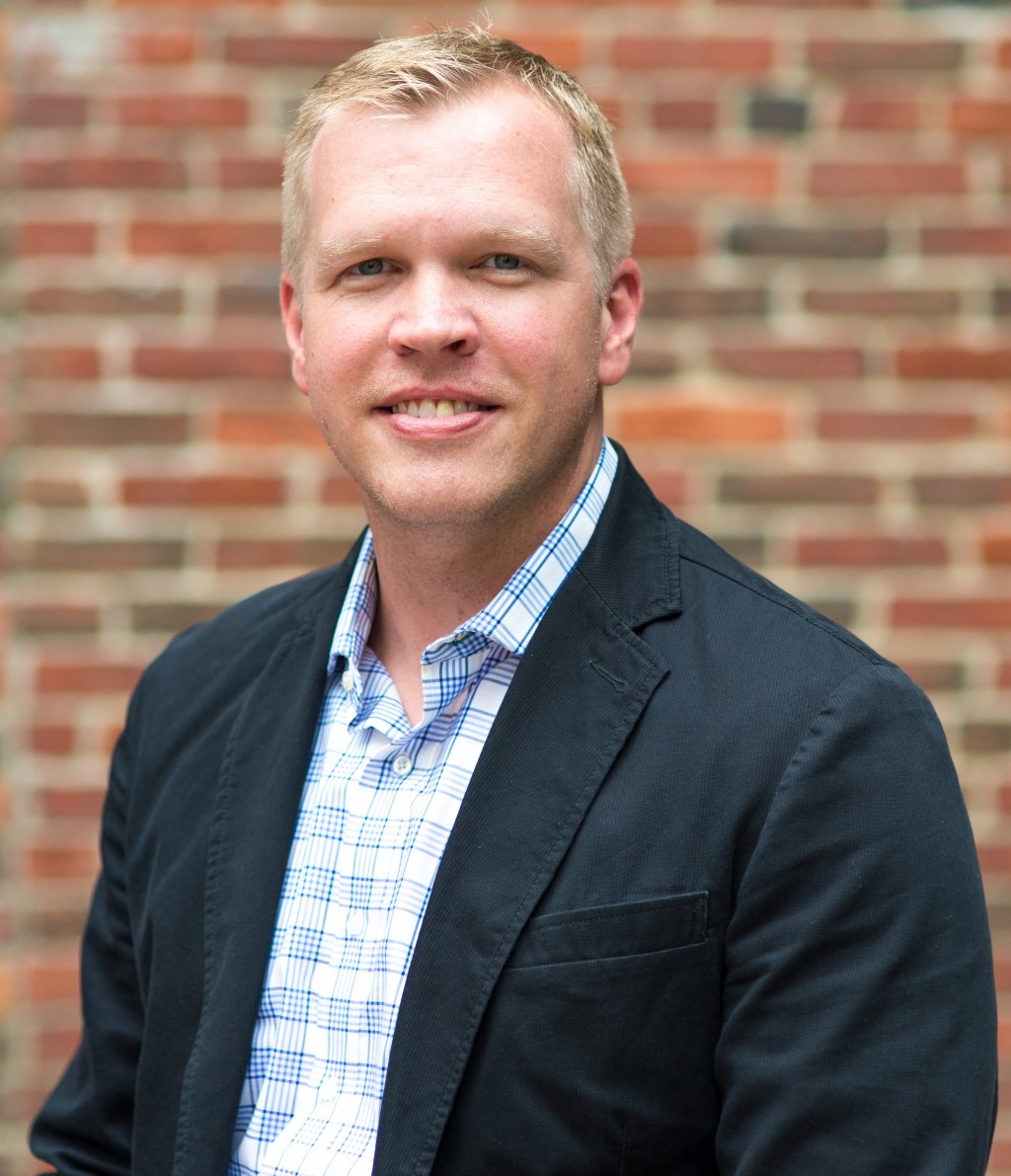Data-Driven Work Cultures: Amit Rapaport of Compete On How To Effectively Leverage Data To Take Your Company To The Next Level
An Interview With Fotis Georgiadis
Employer branding. It makes sense to start with employer branding. In practice, this means focusing on the capabilities of an organization that goes beyond the bits and bytes of what it sells. Instead, it’s about showing the values driving the business.
As a part of our series about “How To Effectively Leverage Data To Take Your Company To The Next Level”, I had the pleasure of interviewing Amit Rapaport.
After many years working across most HR roles in the tech and more specifically the cyber sector, Amit Rapaport left her job to address the biggest pain point that she had experienced throughout her career, namely a lack of visibility into real-time compensation data.
Now the CEO & co-founder of Compete, a fast-growing early-stage company, Amit is dedicated to solving this daily problem affecting all tech companies of every size. Compete provides hundreds of tech companies with immediate insights into complete compensation package data — at the click of a button.
Amit’s happy place is working with her talented Compete employees to transform the way compensation and benefits are done.
Thank you so much for joining us in this interview series. Before we dive in, our readers would love to “get to know you” a bit better. Can you tell us a bit about your ‘backstory’ and how you got started?
Compete came from my personal pain as an ex-HR executive at Palo Alto Networks and SentinelOne. I had no idea what constituted a ‘good’ package for candidates and employees. Of course, this wasn’t a daily challenge, but the lack of in-depth granular insights covering the total compensation package was incredibly frustrating. It was then that I decided to step out of my comfort zone and create the solution.
Fundamentally, gaining visibility into common compensation and benefits practices is a must for developing workforce management strategies. I wanted to give organizations an effective way of taking the “guess” out of guesswork and giving them immediate insights into complete compensation package data, including parental leave, work-from-home policies, and health benefits.
For us, the focus is on providing access to real-time benefit benchmarks compared to the market and empowering decision-makers with the right insights to attract and retain top talent.
Can you share a story about the funniest mistake you made when you were first starting? Can you tell us what lessons or ‘take aways’ you learned from that?
During the recent COVID-19 pandemic, like so many others, I held most of my meetings over Zoom. As such, I had a ‘cheat sheet’ for pitching. Once lockdown ended, I had an in-person meeting with a VC. Unfortunately, I struck a complete blank. I literally tried three times to pitch Compete but failed. Fortunately, I still managed to get the investment despite the disaster.
I learn some valuable lessons from that experience. Firstly, VCs can see through your pitch presentation. For them, it’s a case of examining your character and reading between the lines. Another thing is to never rely on cheat sheets to do your pitching. Only ever rely on yourself. That way, you have as much control as possible over the situation.
Is there a particular book, podcast, or film that made a significant impact on you? Can you share a story or explain why it resonated with you so much?
When my parents were 40, they decided to pivot and make a huge change. They relocated our entire family (we were three children) to a new place. Their courage to start from scratch and their decisiveness had a lasting impact on me. In fact, that’s probably what gave me the extra push I needed to take the plunge myself and launch Compete.
Thank you for all that. Let’s now turn to the main focus of our discussion about empowering organizations to be more “data-driven.” My work centers on the value of data visualization and data collaboration at all levels of an organization, so I’m particularly passionate about this topic. For the benefit of our readers, can you help explain what exactly it means to be data-driven? On a practical level, what does it look like to use data to make decisions?
The future of work has become virtually impossible to predict following the events of the past two years. We’re seeing the creation of an almost perfect storm with the combination of a talent war, more free capital becoming available for growth, and the great resignation taking place. This results in organizations having to think differently about their approaches to retaining talent.
The central theme behind this is having a better understanding of the data points that govern staff churn, new talent acquisition, and what differentiates compensation packages between competitors. An example of this is how data shows there’s a weak correlation between an employee receiving an annual bonus and using that as incentive to improve their performance and engagement.
For Compete, being data-driven is about bridging the trust gap between employees and employers. We provide organizations with real-time benchmarks that empower them to be transparent and efficient when it comes to attracting and retaining top talent for the business.
Which companies can most benefit from tools that empower data collaboration?
The majority (70%) of a company’s budget goes to its people. This means that every business that wants to efficiently plan its headcount, retain its MVP employees, and understand where it stands in relation to the industry can benefit from using tools that empower data collaboration. Furthermore, organizations that seek to be transparent and operate ethically and those that want to narrow the gender gap and promote diversity can all take advantage of data-driven decision-making.
Using these tools that drive data collaboration also staves off the risk of overcorrection when it comes to having a knee-jerk reaction to external events. In turn, this mitigates against the risk of layoffs and salary reductions. Now, more than ever, it is critical for companies to turn their focus toward becoming more efficient.
Additionally, employees expect and require continuous updates and transparent communication, especially in times of crisis. This has become even more evident in the post-pandemic world as a strategy to reinforce collectiveness and motivate people to keep their focus on the long-term picture.
We’d love to hear about your experiences using data to drive decisions. In your experience, how has data analytics and data collaboration helped improve operations, processes, and customer experiences? We’d love to hear some stories if possible.
Equal pay for equal work makes sense. But how aware are organizations of any imbalances that may exist around their own wage structures? Of those employers surveyed, only 28% believed that pay inequity exists within their organizations. However, 82% of organizations have had to adjust pay because of a pay equity audit.
This is why taking a technology-driven approach is so crucial. The only way to do wage transparency right and smart is by integrating levels of technology that bridge the gap internally of where people stand within the company. Data cannot be biased. The facts are the facts. Once the truth is outlined when it comes to wages, those employers willing to reinvent compensation packages will be able to shine and differentiate themselves from competitors.
From now on, using a platform that provides immediate insights into complete compensation package data and enables organizations to develop more effective workforce management strategies will be crucial. It must be able to perform analysis on virtually every benefit available and deliver real-time benchmarking data, advanced analytics, and tailored insights to support hiring decisions, identify risks, improve retention, and develop informed compensation policies.
Has the shift towards becoming more data-driven been challenging for some teams or organizations from your vantage point? What are the challenges? How can organizations solve these challenges?
We’ve been fortunate in the sense that our customers embrace data and are actively looking to employ cutting-edge solutions to help them become more efficient. From our perspective, there aren’t that many challenges.
The shift that’s taken place has brought a new opportunity for HR leaders. They are now playing a more strategic role in the organization and are leading major processes that are driven using insights generated by the Compete platform.
More broadly, we’ve seen some rumblings in the market regarding wage transparency. However, this does provide HR professionals with a brilliant way to take a leadership role and position themselves in the debate on the merits of wage transparency. Ultimately, we all want an equal environment and a workplace culture that encourages excellence while still promoting the well-being of people. The data-driven environment makes these discussions easier to have as they are underpinned by real-time statistics and insights on what’s happening in the market. Those who embrace it are in pole position to create a competitive advantage.

Ok. Thank you. Here is the primary question of our discussion. Based on your experience and success, what are “Five Ways a Company Can Effectively Leverage Data to Take It To The Next Level”? Please share a story or an example for each.
Data can be leveraged using a variety of interventions and approaches to create a competitive edge for organizations. However, it’s an evolving process. Organizations must never think data approaches can be set in stone or that there’s one way to prepare themselves for the future world of work.
Remember, recruitment is not just about interviewing and making a job offer to a candidate. It begins with people’s perceptions of your brand.
1. Employer branding. It makes sense to start with employer branding. In practice, this means focusing on the capabilities of an organization that goes beyond the bits and bytes of what it sells. Instead, it’s about showing the values driving the business.
2. Candidates are customers. Seeing candidates as customers can introduce more creativity into the recruitment process. It also provides the organization with the necessary impetus to be transparent at every stage of the staff acquisition strategy. Working with the marketing team can also yield strong results, especially when the company conducts SEO activities to drive talent to the organization.
3. Candidate experience. This becomes the holy grail for taking the organization to the next level for many businesses. When a candidate has several offers, they’re usually quite similar in their components. What will make the candidate choose a company is where they will feel that they’re in the right place and have the best fit with the people. It’s for this reason that the business must put a greater emphasis on how candidates experience the organization.
4. Awareness. It’s also important for the company to increase awareness of its brand and its role in the industry it’s involved in, especially when it comes to a candidate’s perceptions. It’s important to appear in press articles, participate in podcasts, and organize meetings and conferences for relevant stakeholders to position the business as one for future potential recruitment.
5. The strategy. Organizations also need to think about how they approach recruitment drives. Data-driven insights are vital as they will quickly highlight the types of candidates that are required, the experience they need for specific roles, and how businesses can potentially upskill and reskill existing employees to fill any gaps.
The name of this series is “Data-Driven Work Cultures.” Changing a culture is hard. What would you suggest is needed to change a work culture to become more Data Driven?
It all boils down to being transparent. This is as important for future candidates as it is for existing employees. People want to know where they stand in the market and how the organization values them as contributors to the growth of the business.
To accomplish this, companies must reposition themselves as data-driven organizations that understand entirely the compensation packages currently available. Compete has a rich set of HR data available, spread across points that range from gender, tenure, and role, to salary, signing bonus, annual bonus, and equity. It also factors in dozens of benefits, including maternity and paternity leave, 401K policies, vacation policies, commission plans, and health benefits. The data available is in-depth and tailored according to the level of seniority and job roles. Using these insights, decision-makers can arm themselves with the right data to understand how to change the work culture and become more data-led.
Using a wealth of data points means the business can shed significant light on the competitive environment of an industry sector. In today’s world, talent is everything, and decision-makers are looking for any edge they can get. Becoming more data-driven is essential to achieve this.
The future of work has recently become very fluid. Based on your experience, how do you think the needs for data will evolve and change over the next five years?
Our analysis of market trends shows that in 2021 companies paid extra attention to employee benefits, with compensation packages becoming more holistic. As companies moved to work from home, some of the building blocks for the future of work were designed during the past year. Part of this has been companies needing to pay extra attention and pitch their talents about their different benefits. As employees work in a hybrid environment, they care more nowadays about a holistic offer.
This year we’ve already seen how important data has become to equip organizations to improve their decision-making processes in the areas where they need to become more attractive to future talent. I anticipate that data in the HR process will become thoroughly integrated into the rest of the business.
Companies can no longer appoint talent based on the ‘gut feel’ of recruiters. Instead, it comes down to analyzing the data at hand, understanding more about the candidate as a person, and determining how that individual will fit into the organization’s culture. Moreover, it’s a case of creating an environment using data-driven insights that focuses on the employee holistically. For instance, mental and physical health, their family drivers and motivation, the skills they bring to the business, and how the organization can create a more symbiotic relationship with the individual.
Does your organization have any exciting goals for the near future? What challenges will you need to tackle to reach them? How do you think data analytics can best help you to achieve these goals?
The war for talent has intensified to an unprecedented level. Thankfully real-time compensation data is no longer a challenge, thanks to the tools that Compete has built. We’re committed to empowering our customers with clear, immediate insights to help them win the talent competition.
Throughout this journey, incorporating data analytics in all steps of the process has become critical. Organizations need the best talent to help them grow. They will only get the best talent if they understand how to structure their compensation packages and how to identify the right candidates for the job. This is a continually evolving process. We’ll continue to innovate and leverage our platform to help companies gain the competitive advantage they need. As more decision-makers start thinking differently about their talent acquisition strategies, they will rely more on data analytics. And that’s where we’ll be available to help and position them for the next phase of their organizational growth.
How can our readers further follow your work?
They are welcome to check out our Web site and our social platforms — Facebook and LinkedIn. We regularly update our pages with content relevant to the HR sector and anyone interested in gaining a better understanding of the future of work.
Thank you so much for sharing these important insights. We wish you continued success and good health!
Data-Driven Work Cultures: Amit Rapaport of Compete On How To Effectively Leverage Data To Take… was originally published in Authority Magazine on Medium, where people are continuing the conversation by highlighting and responding to this story.

